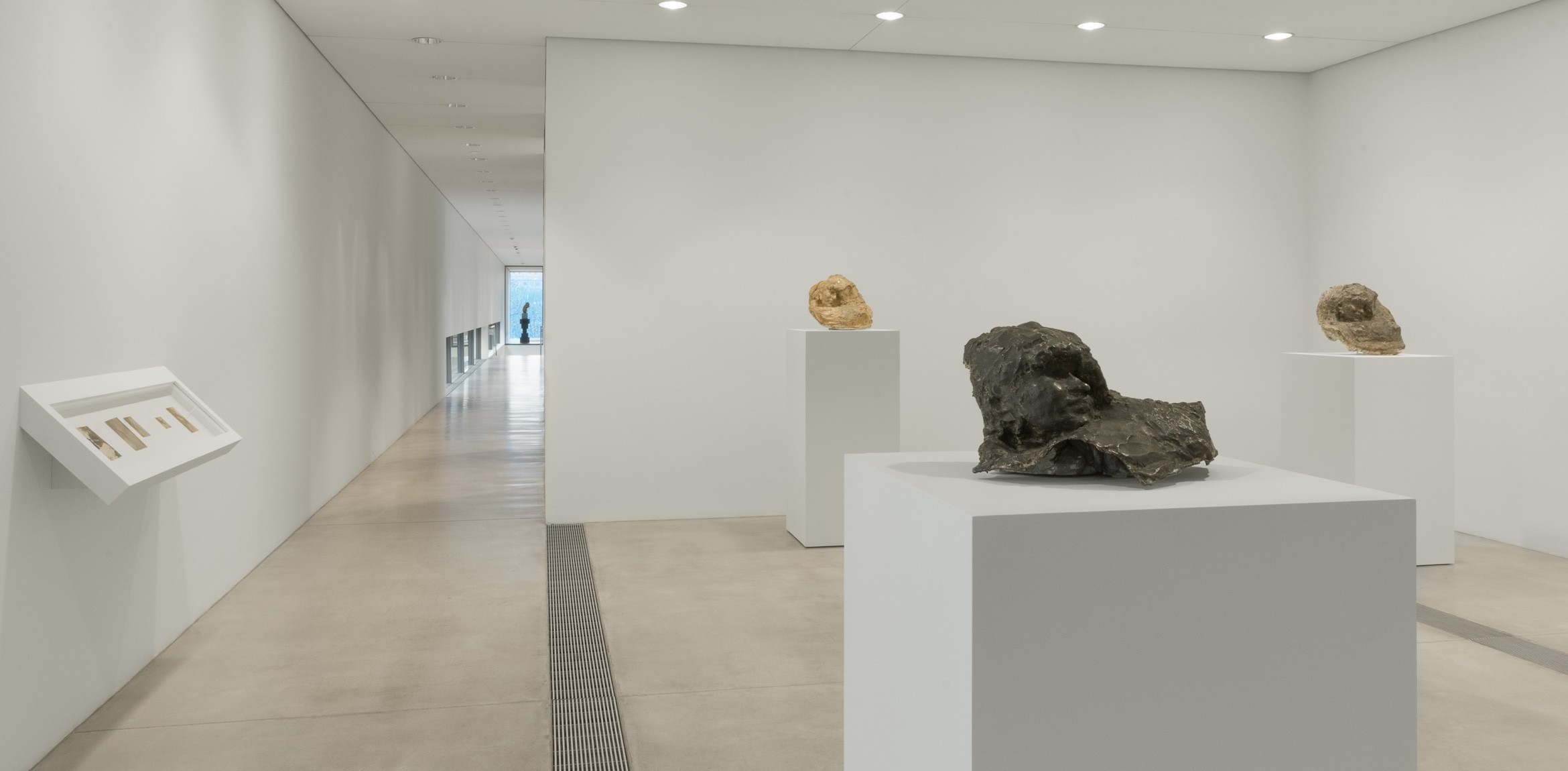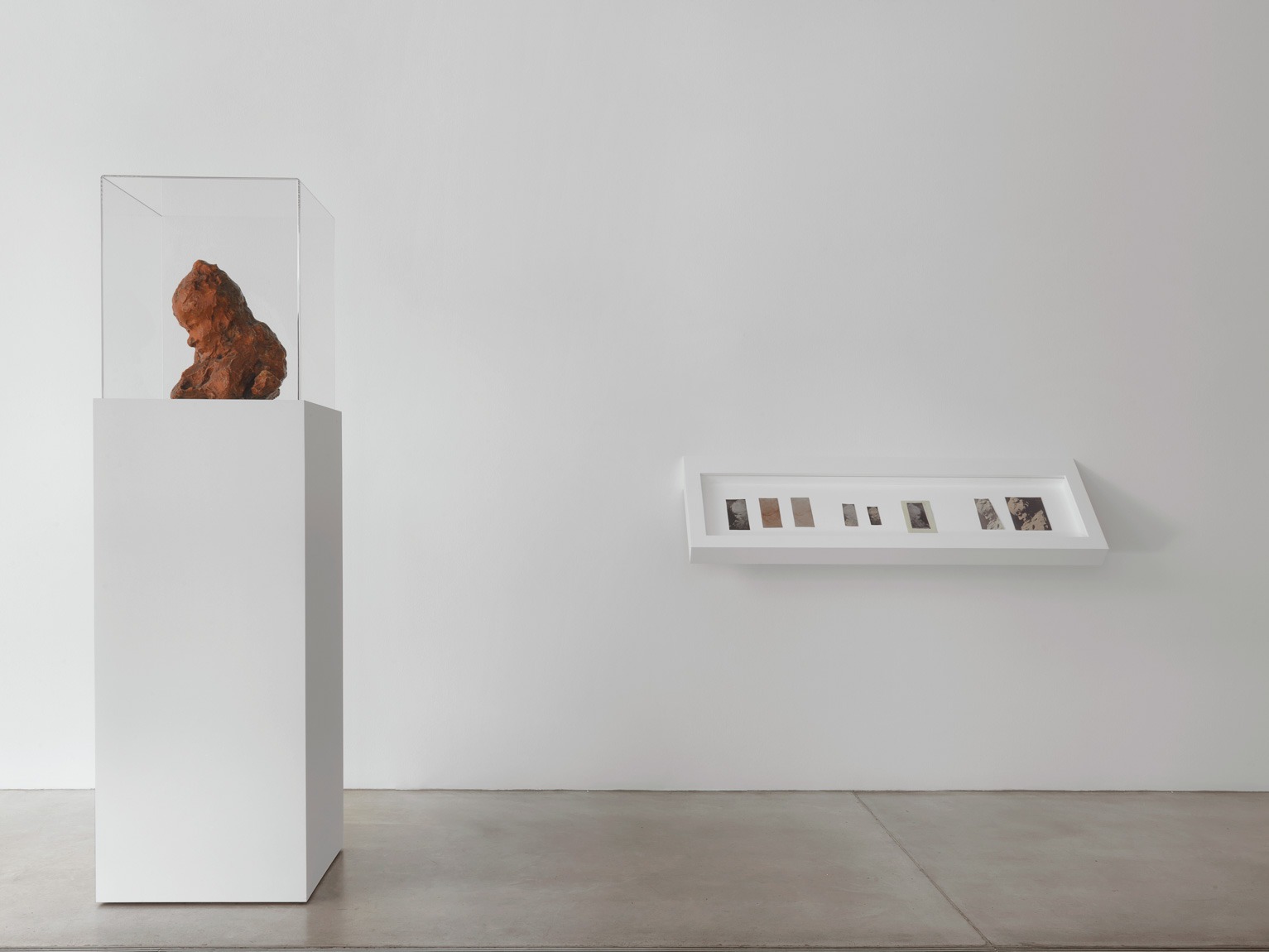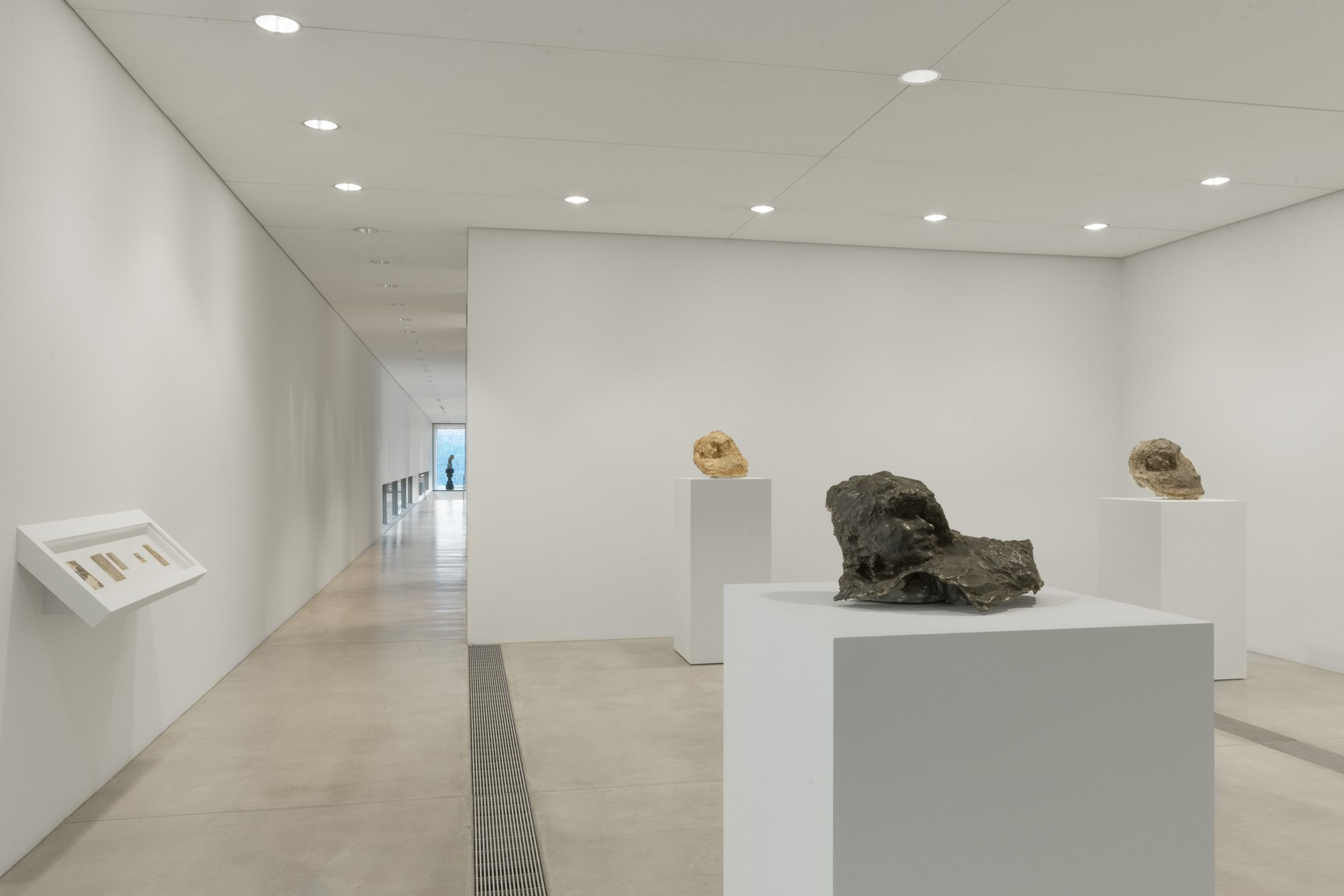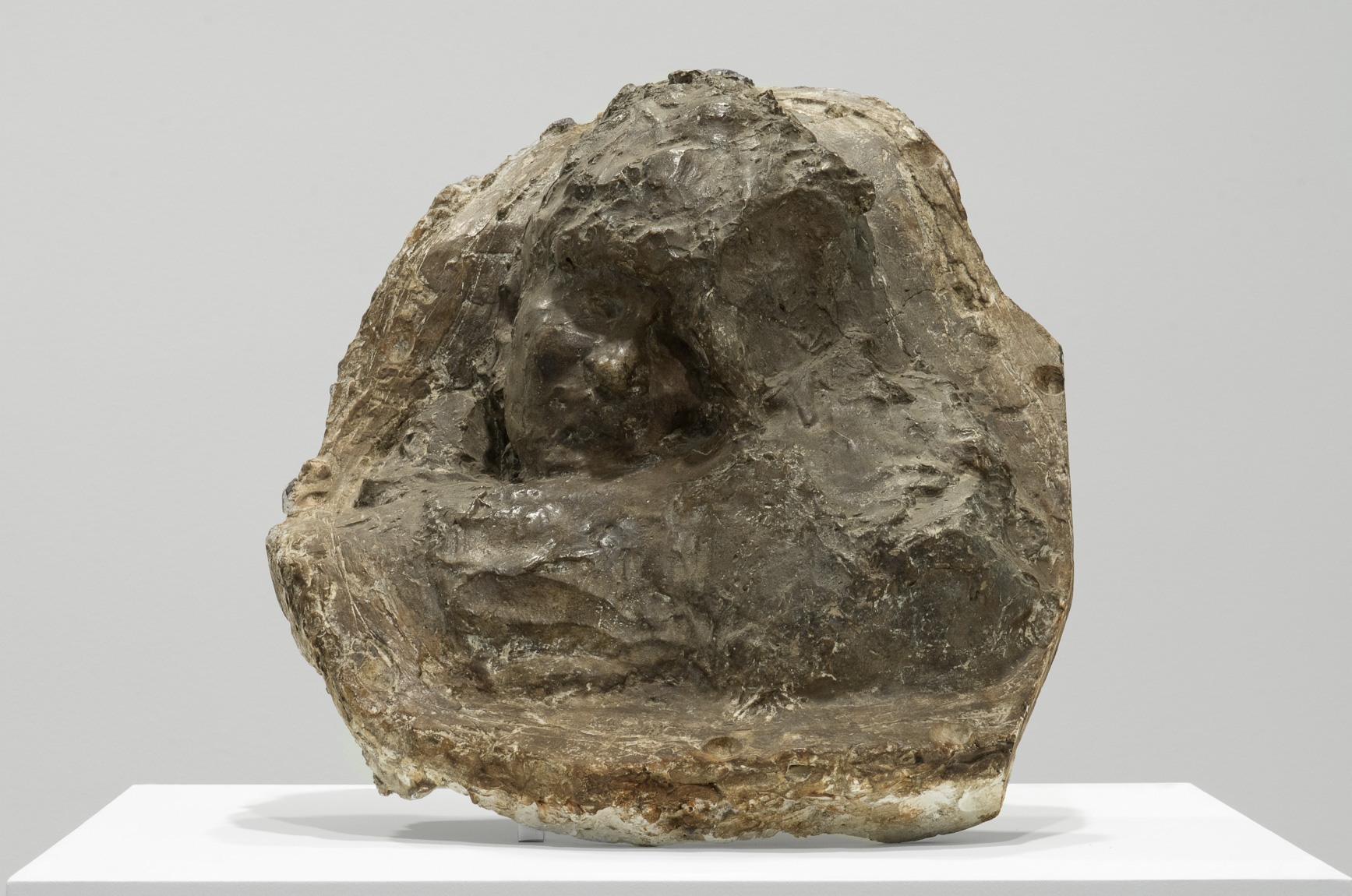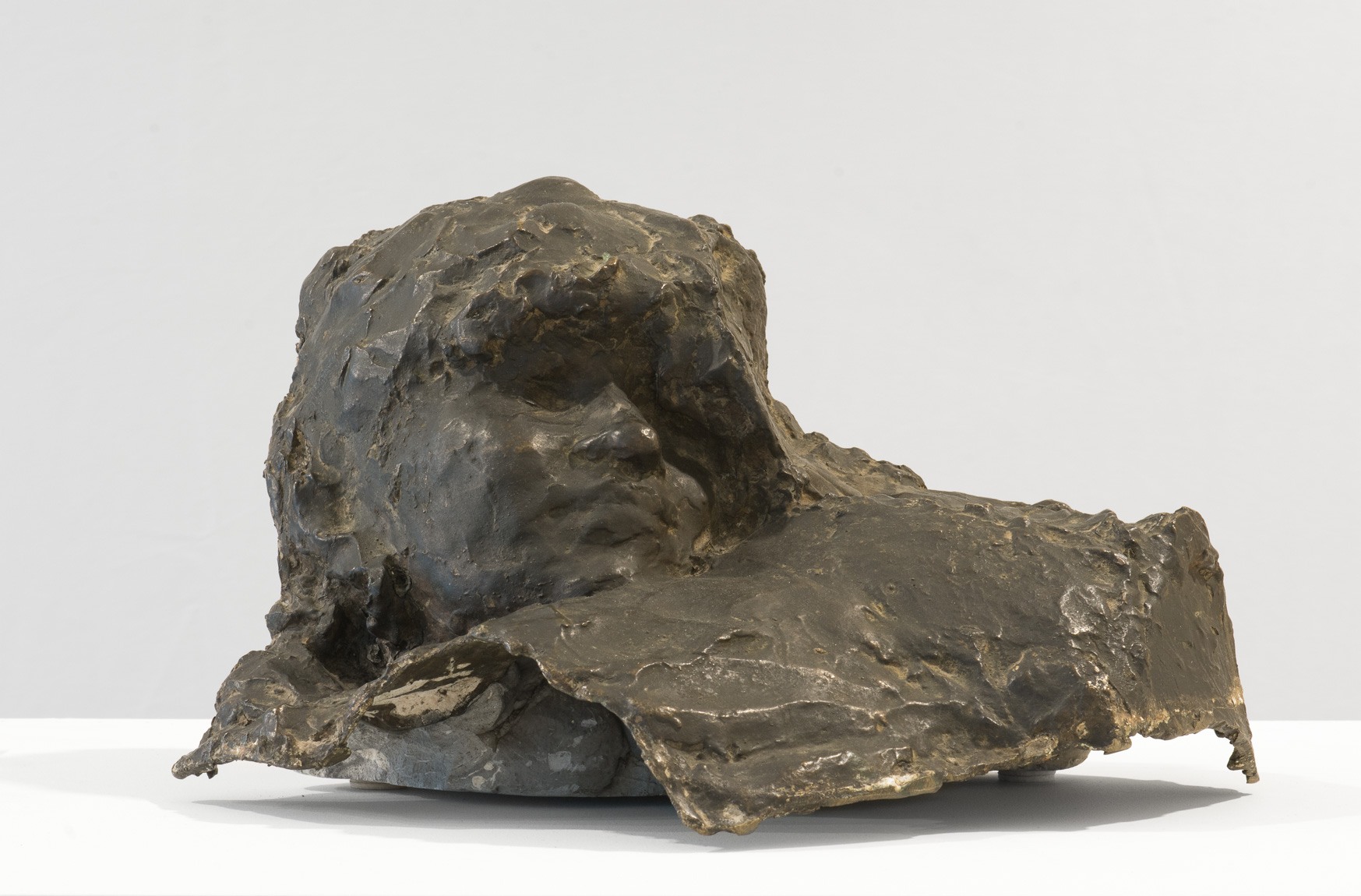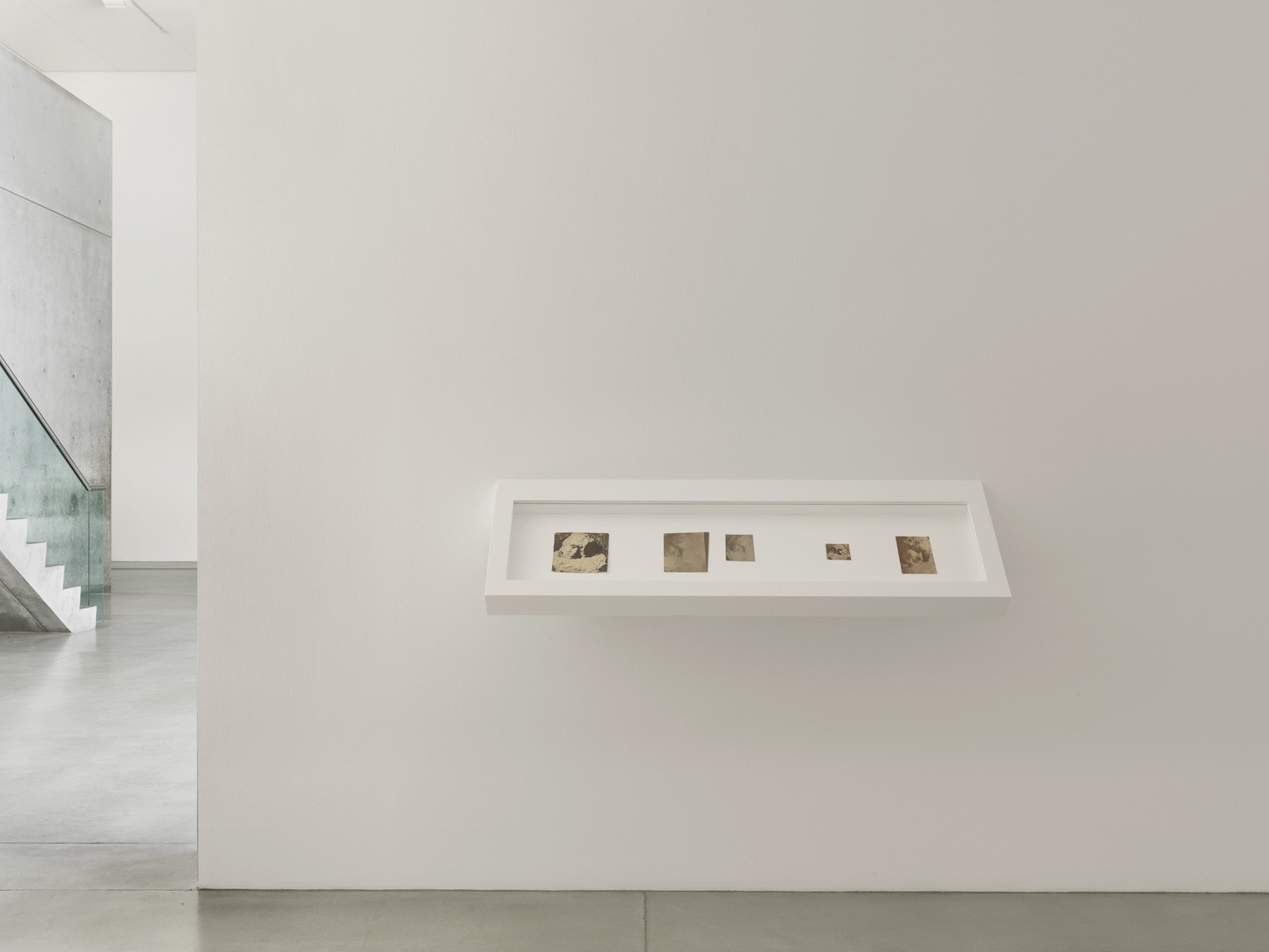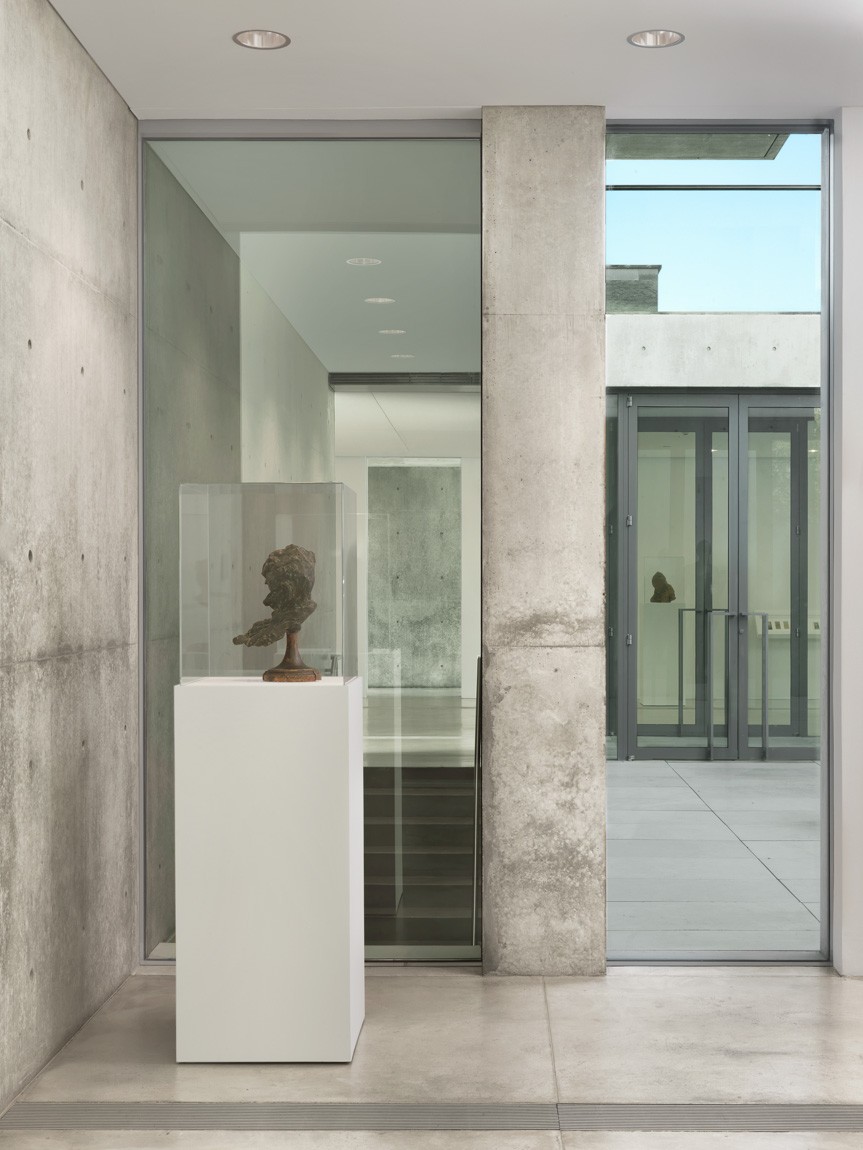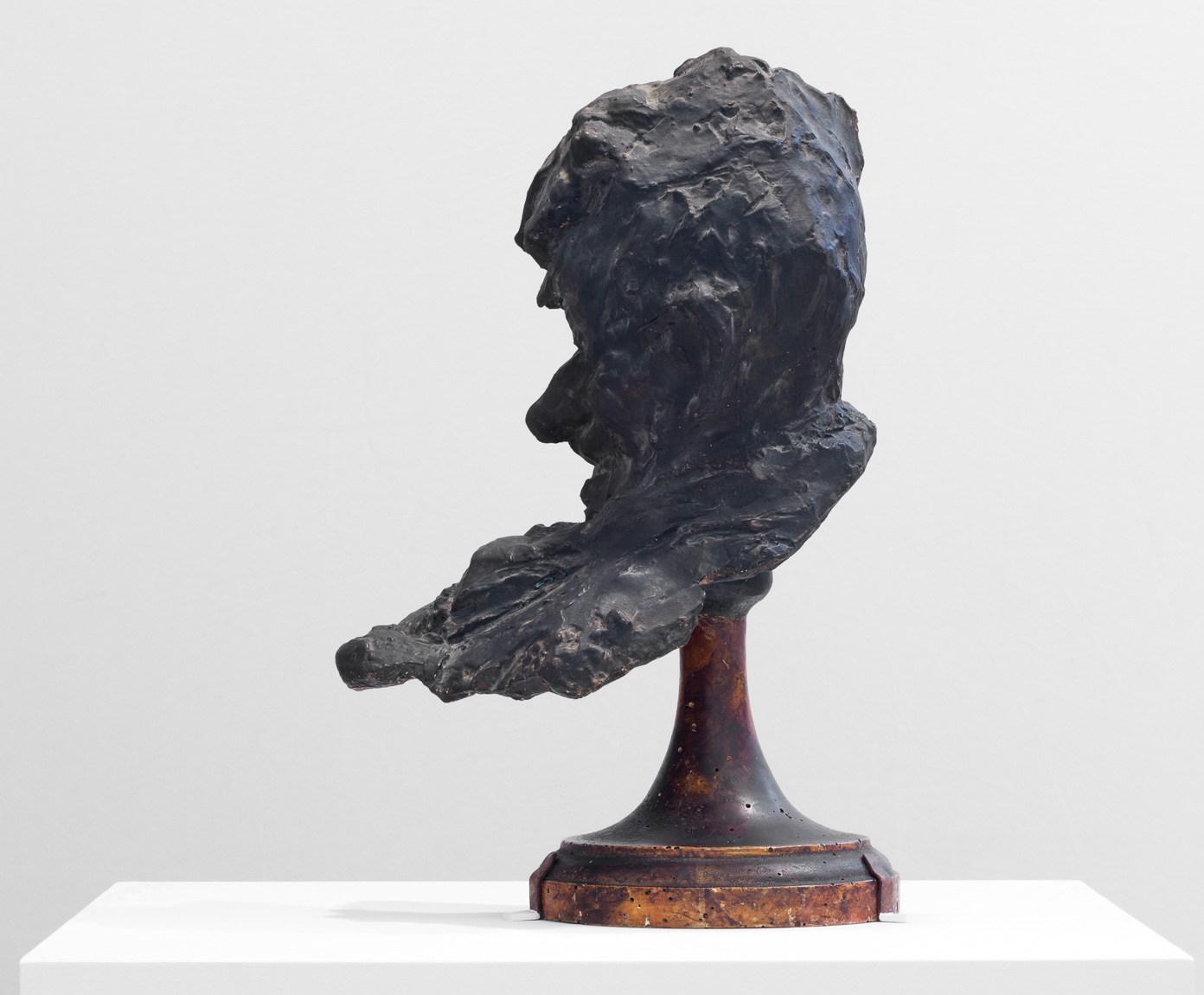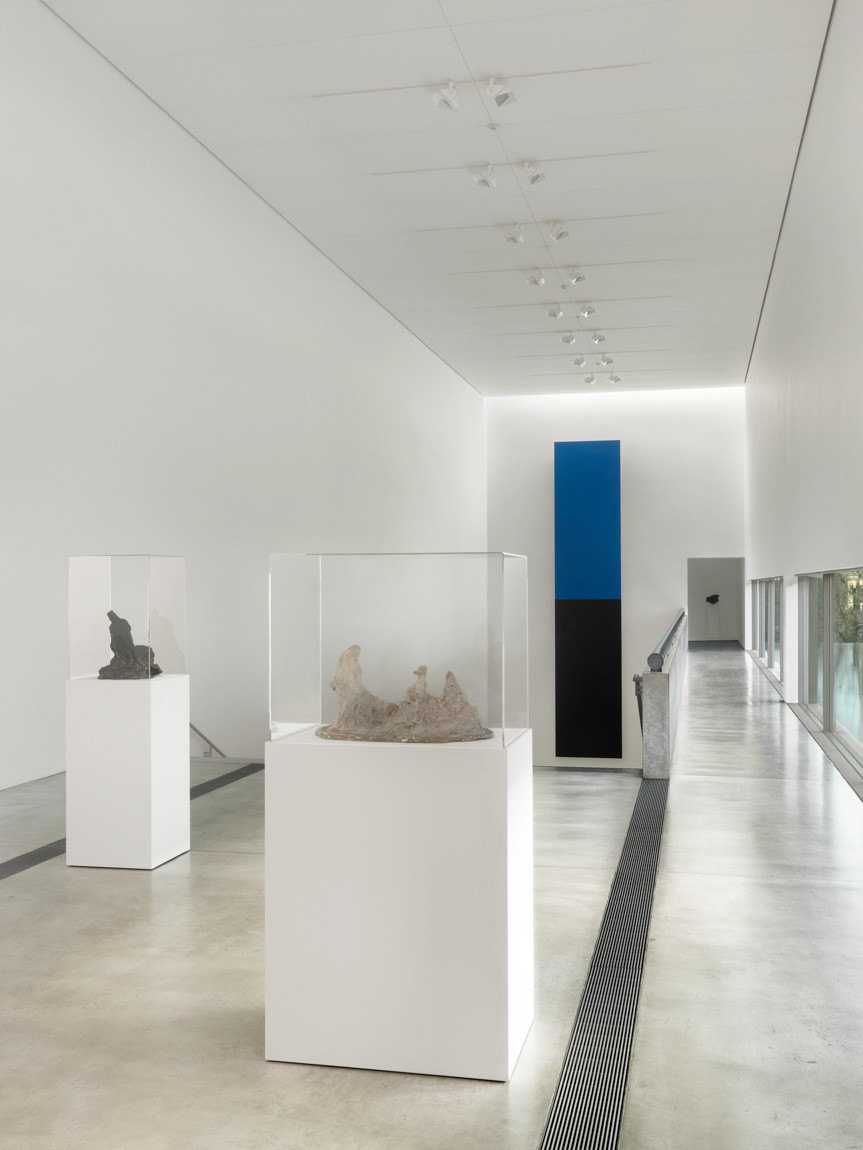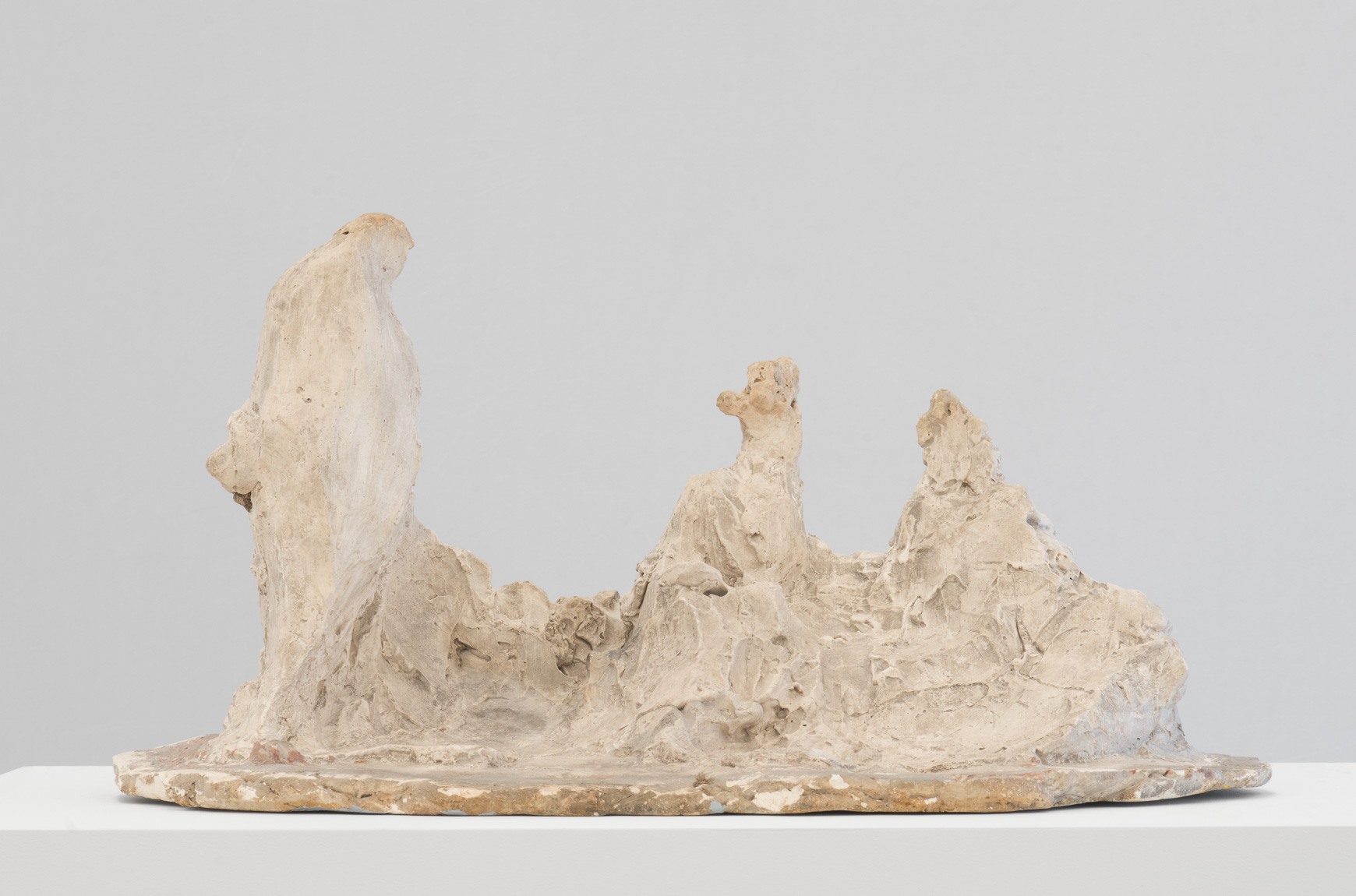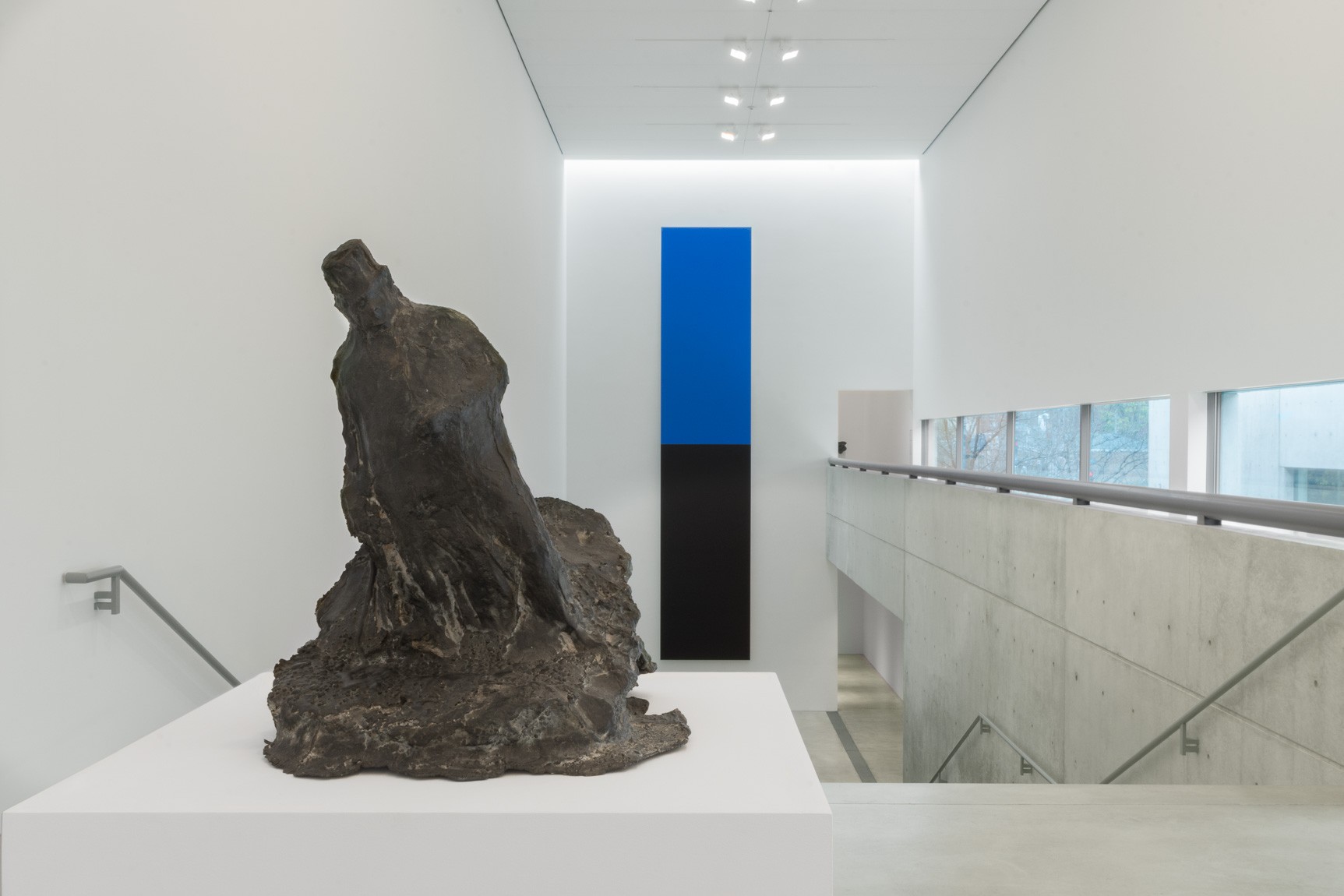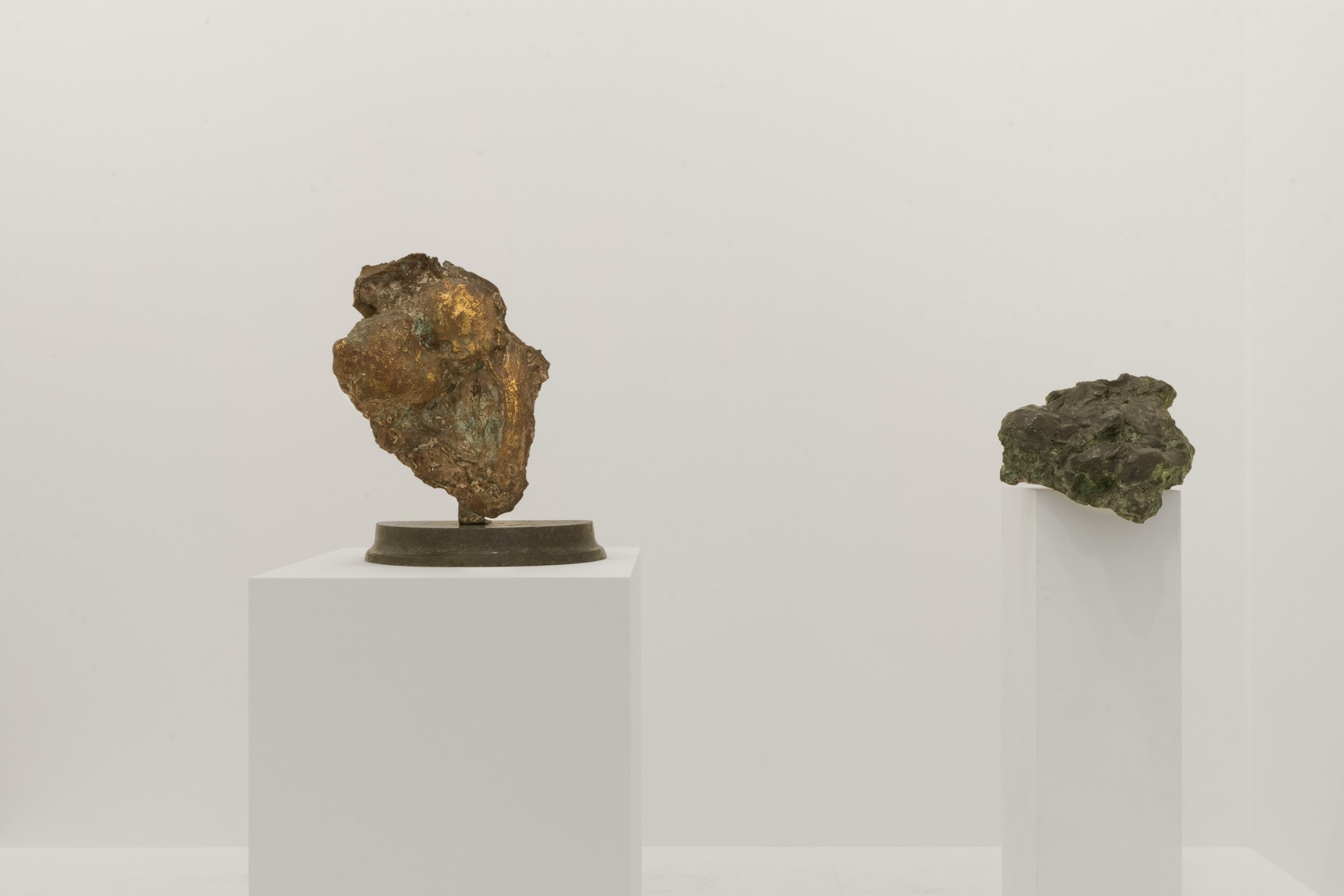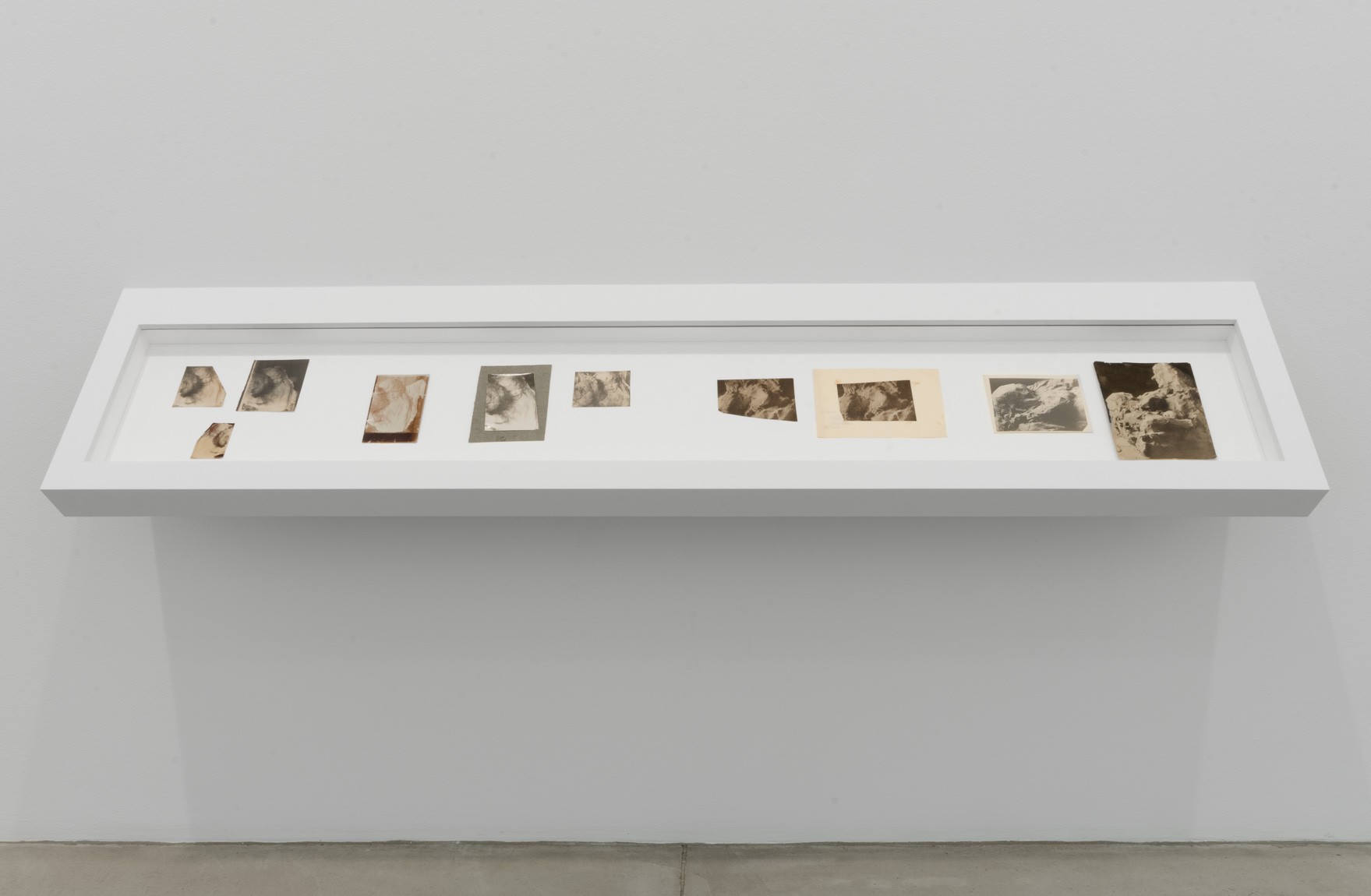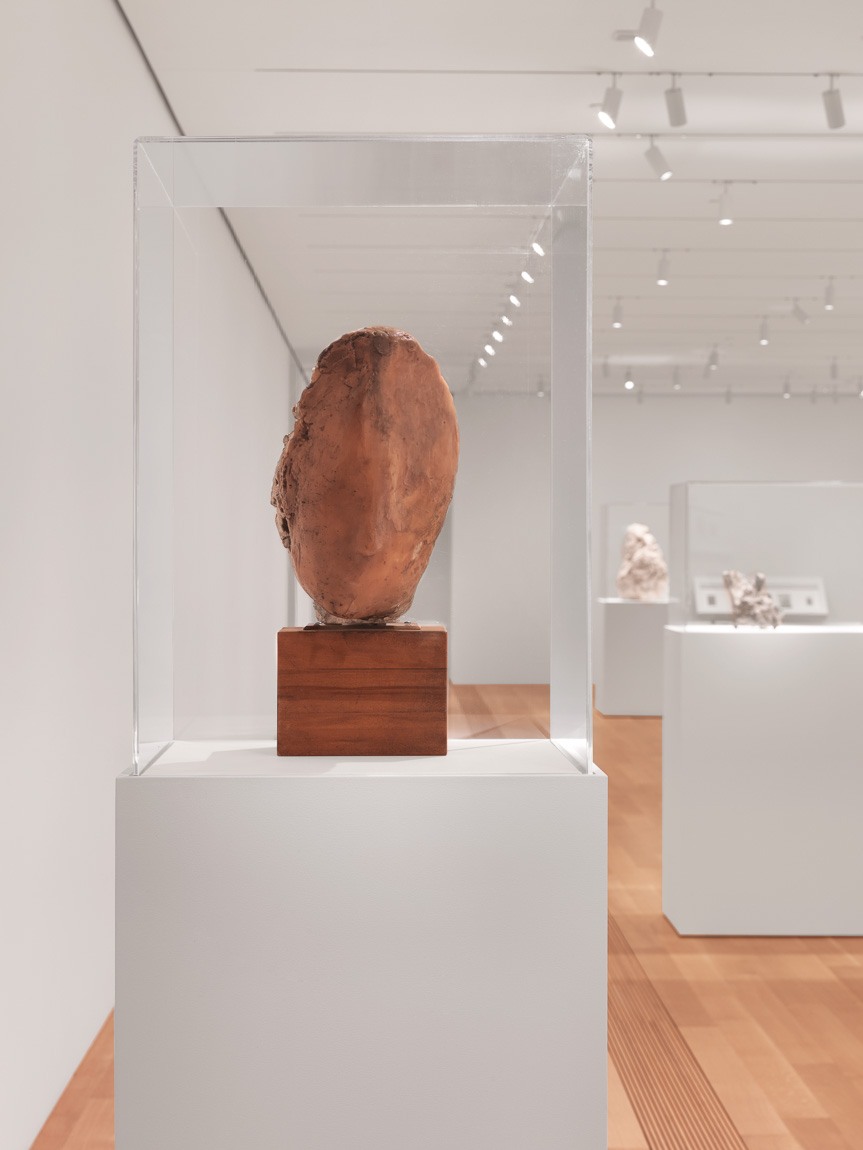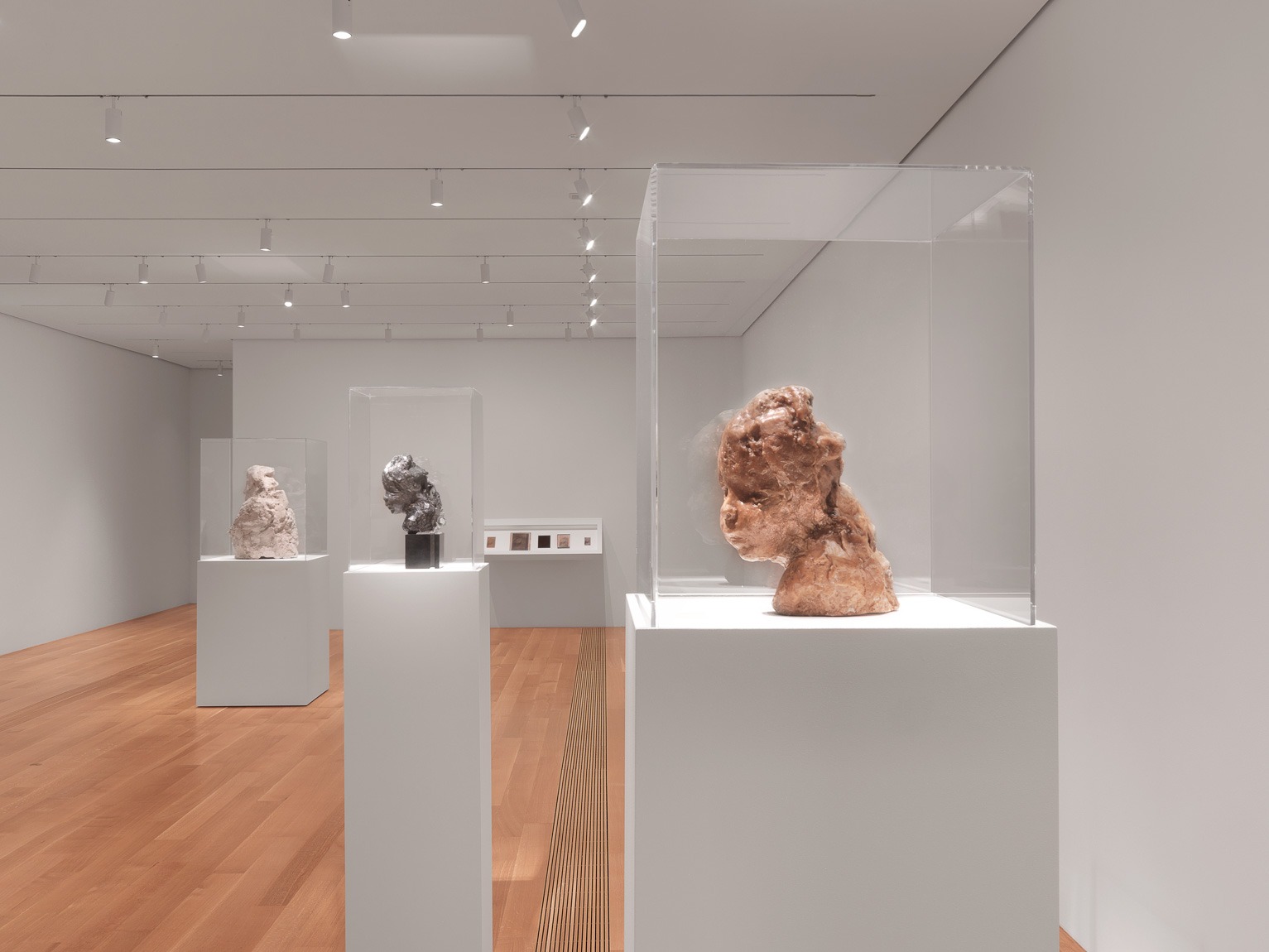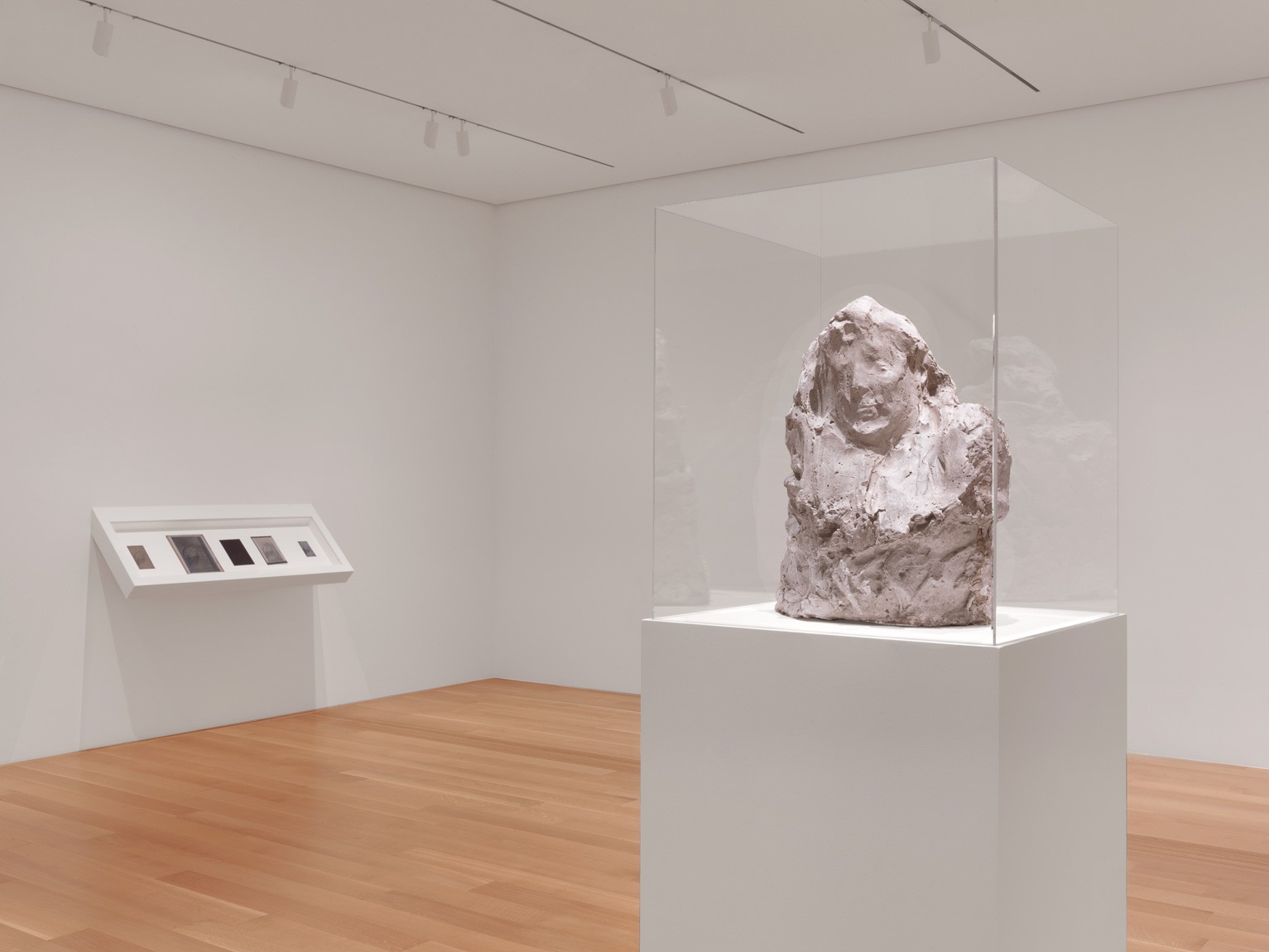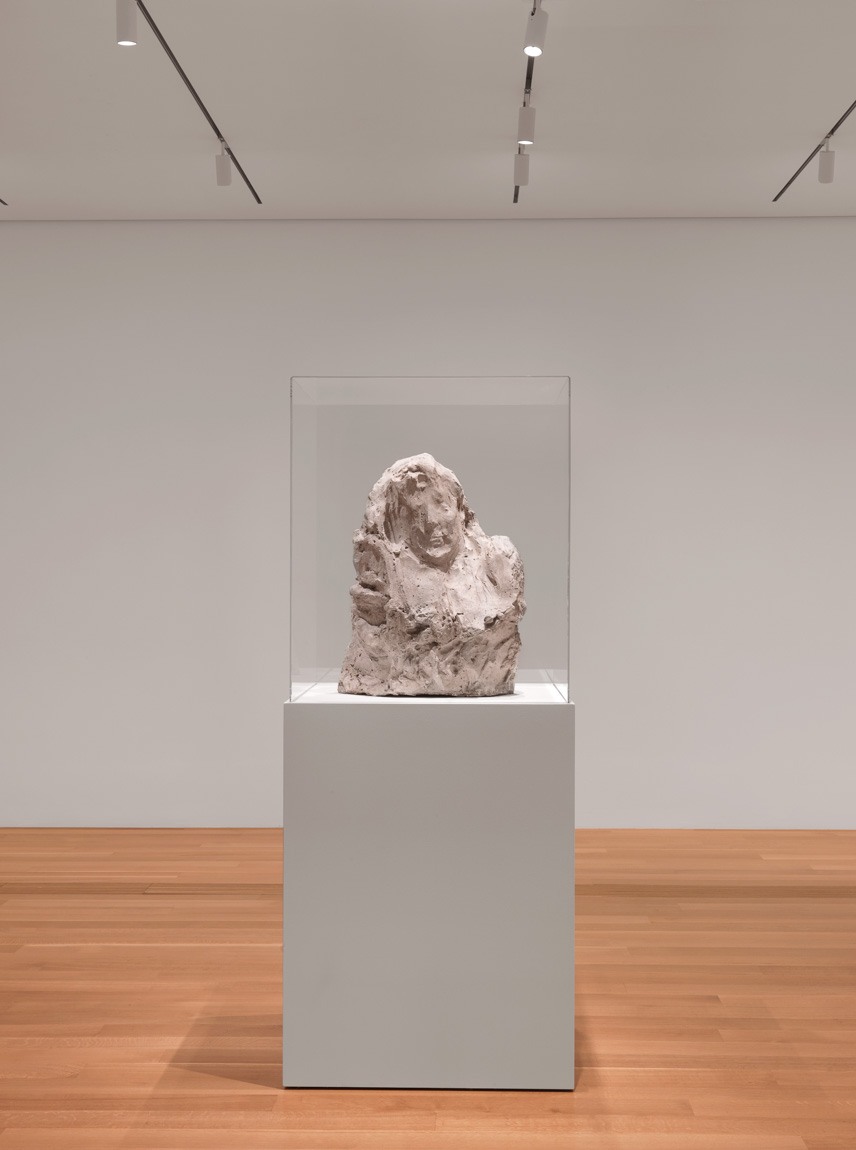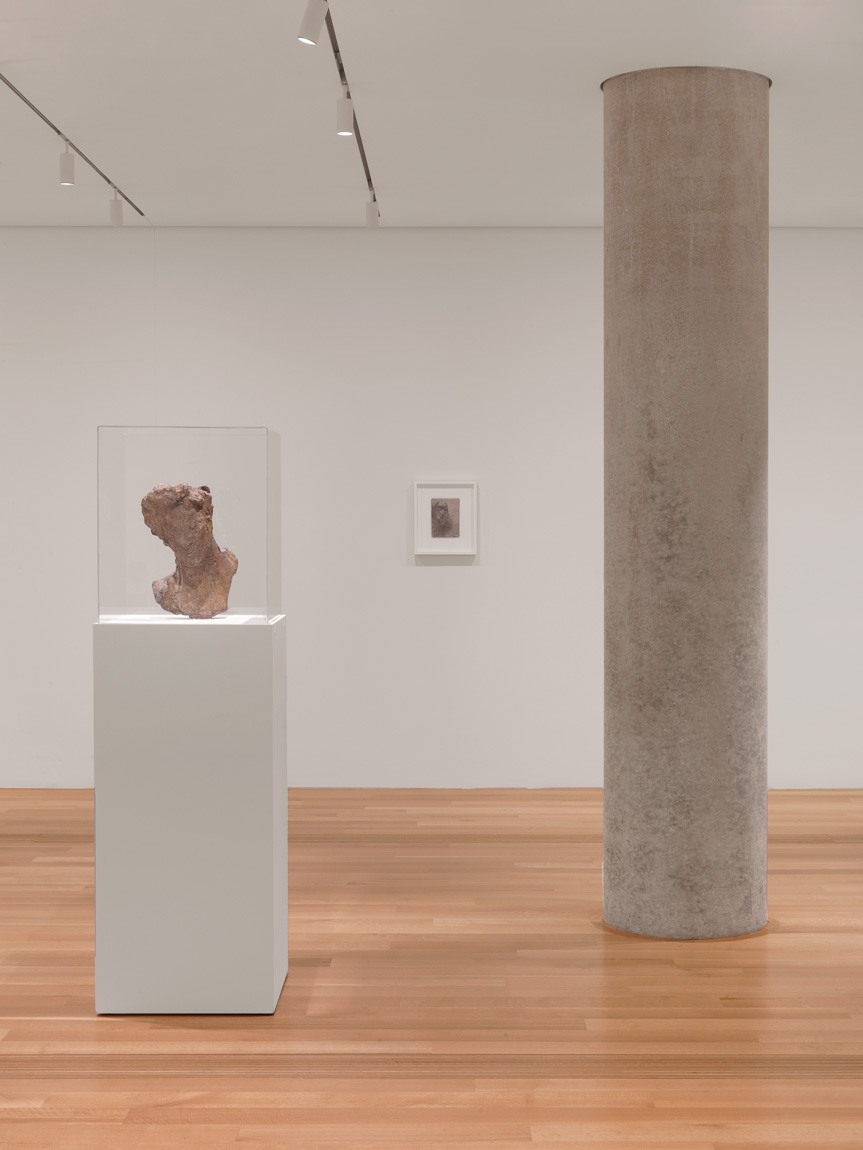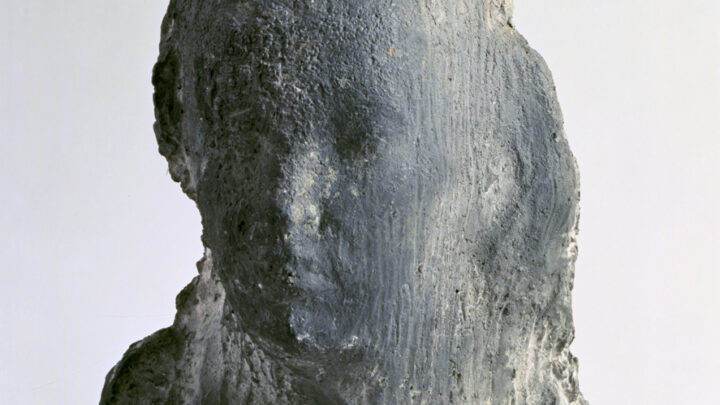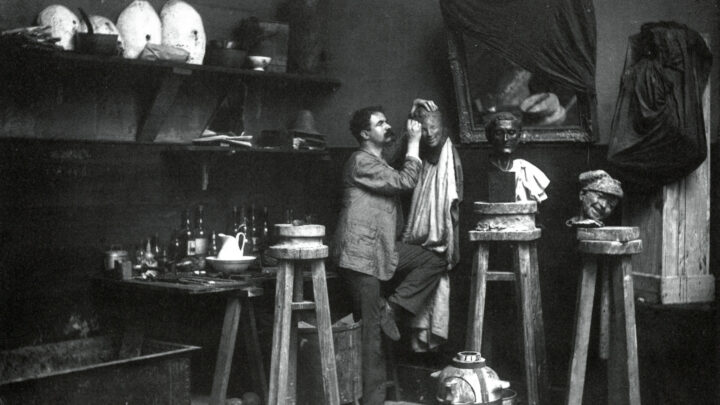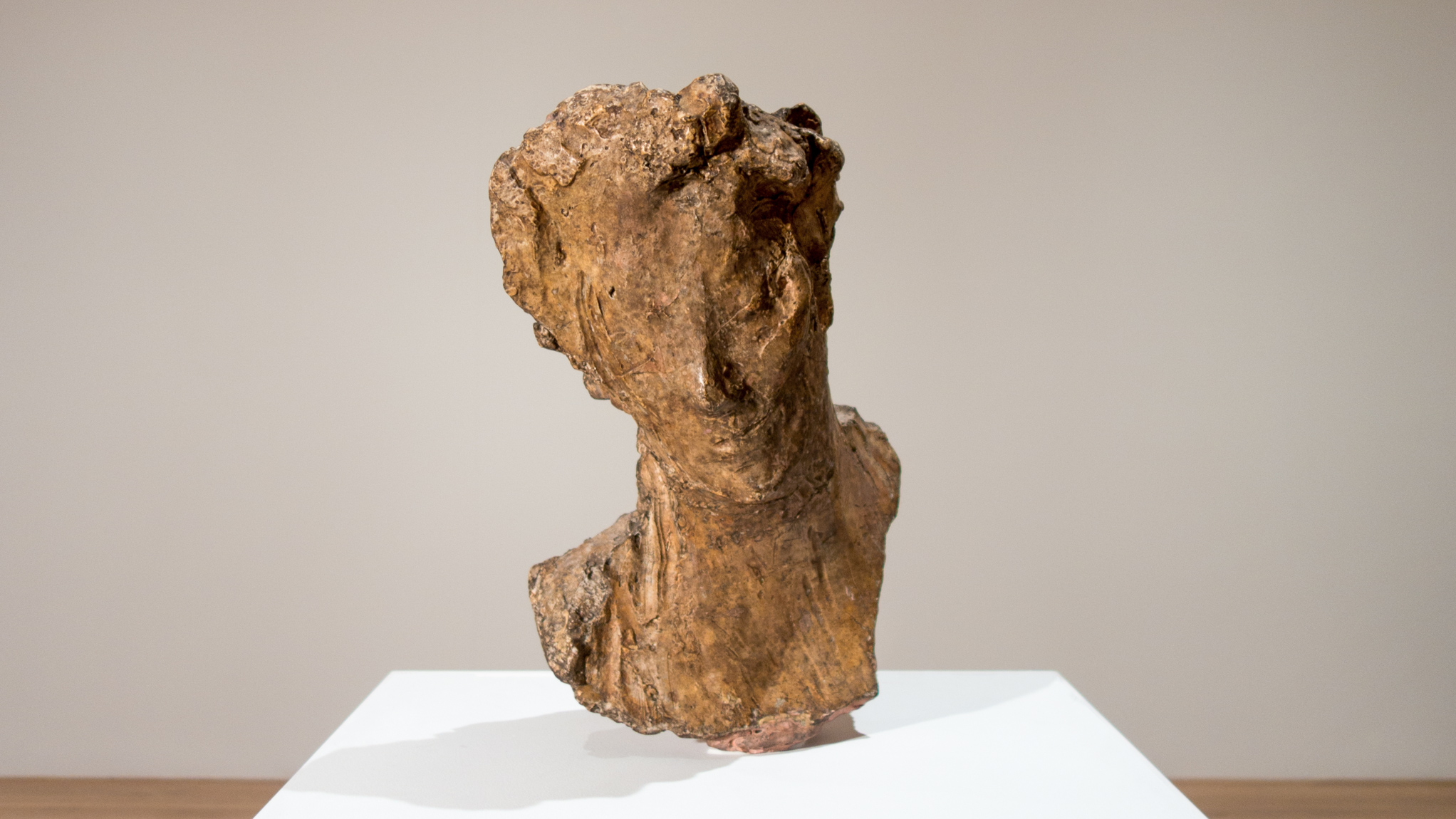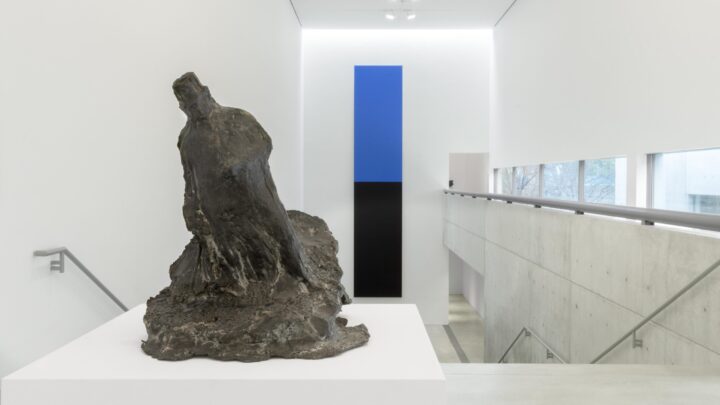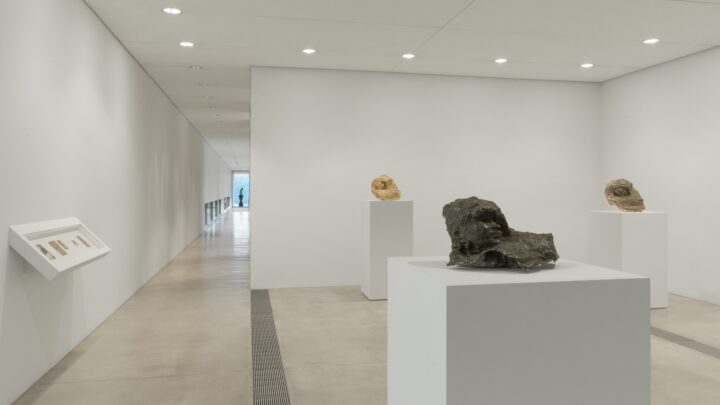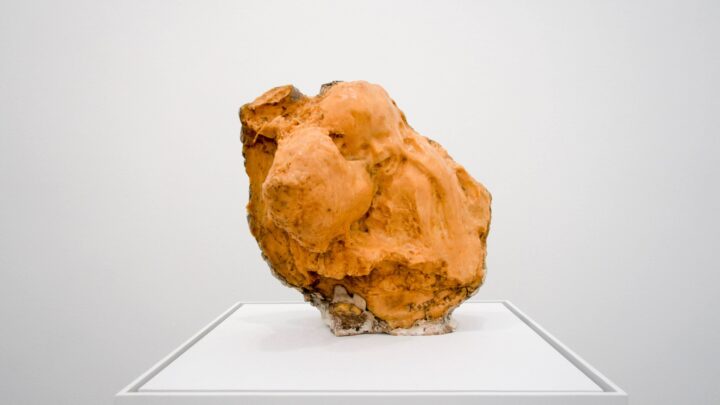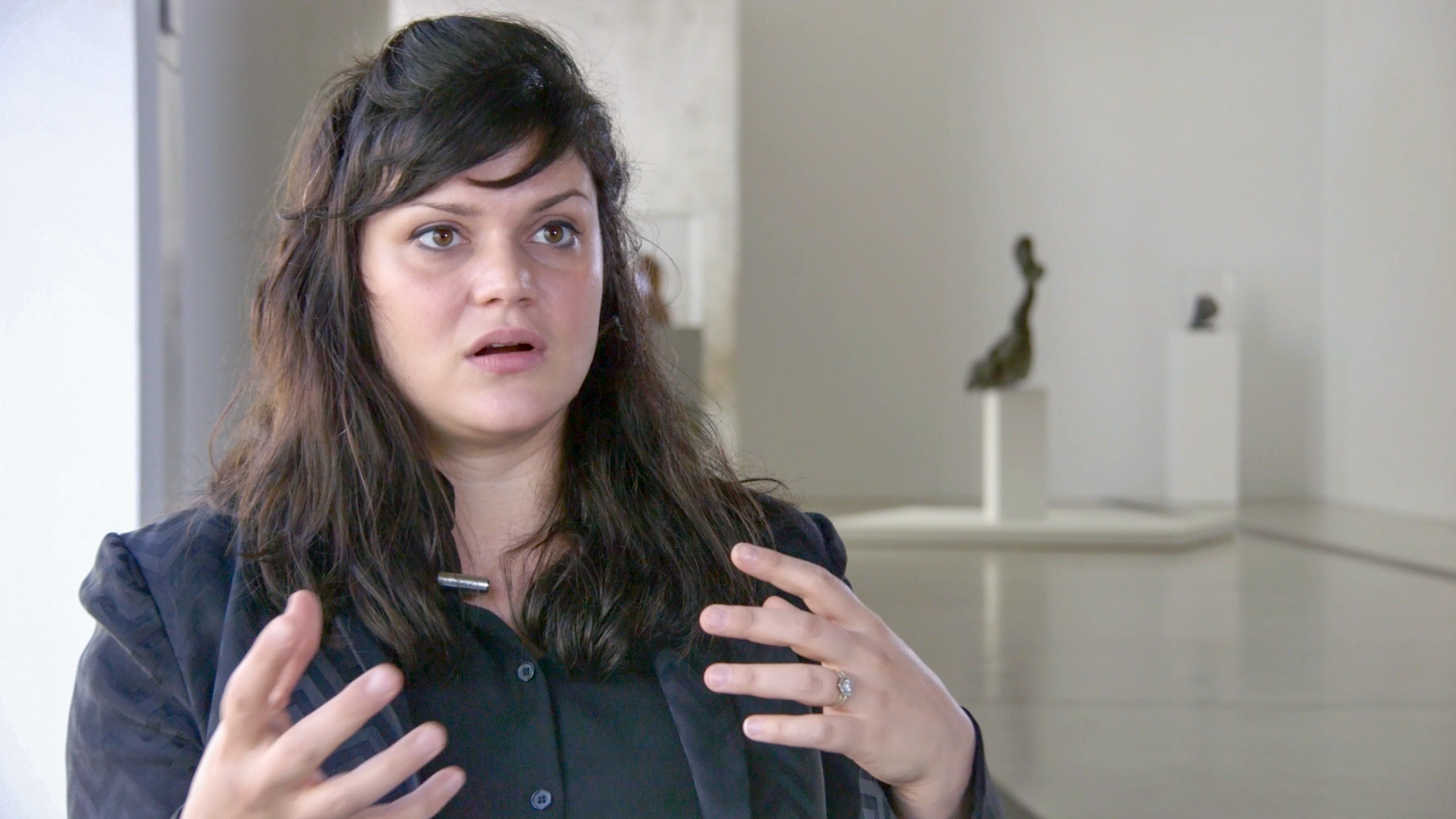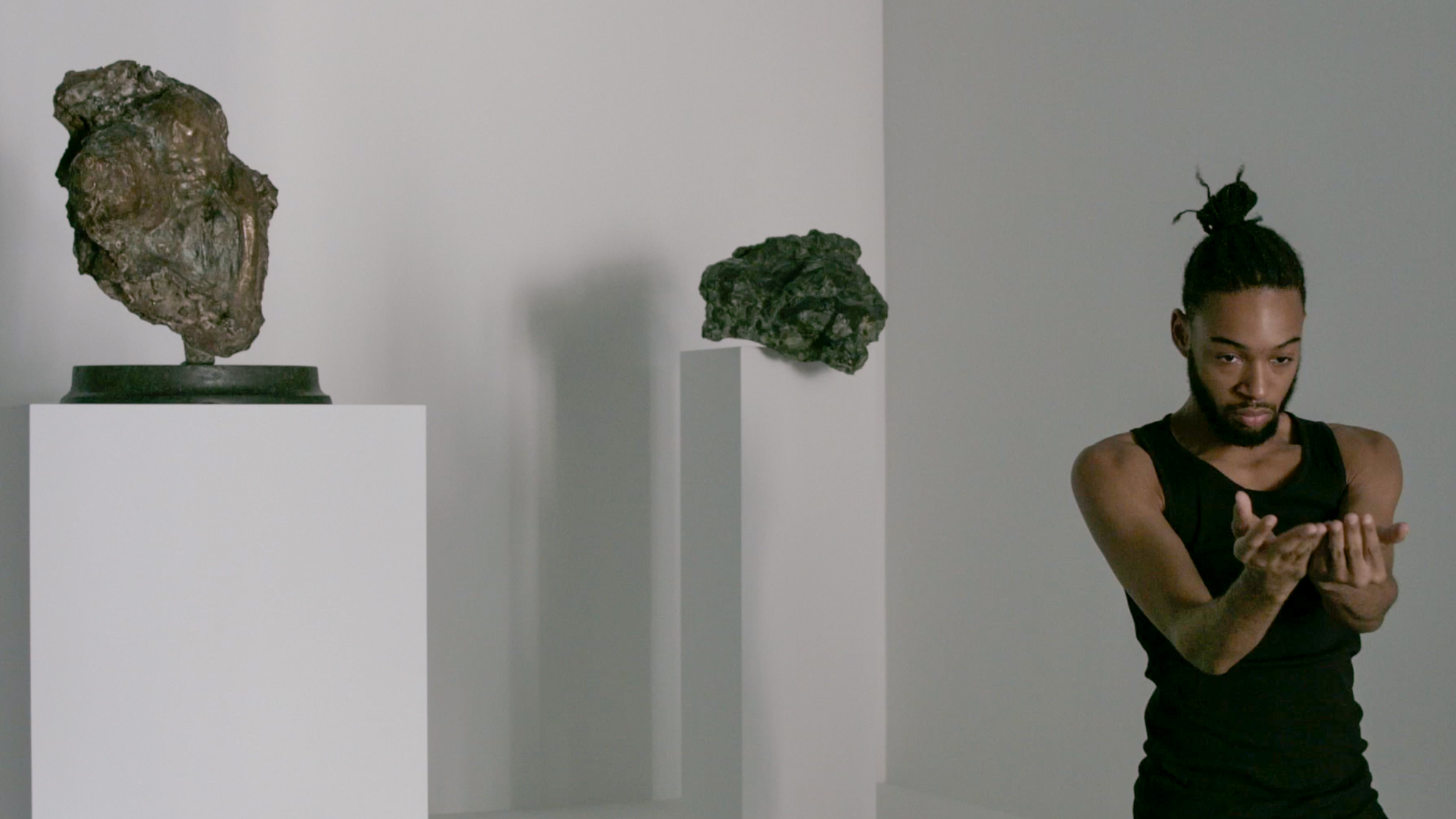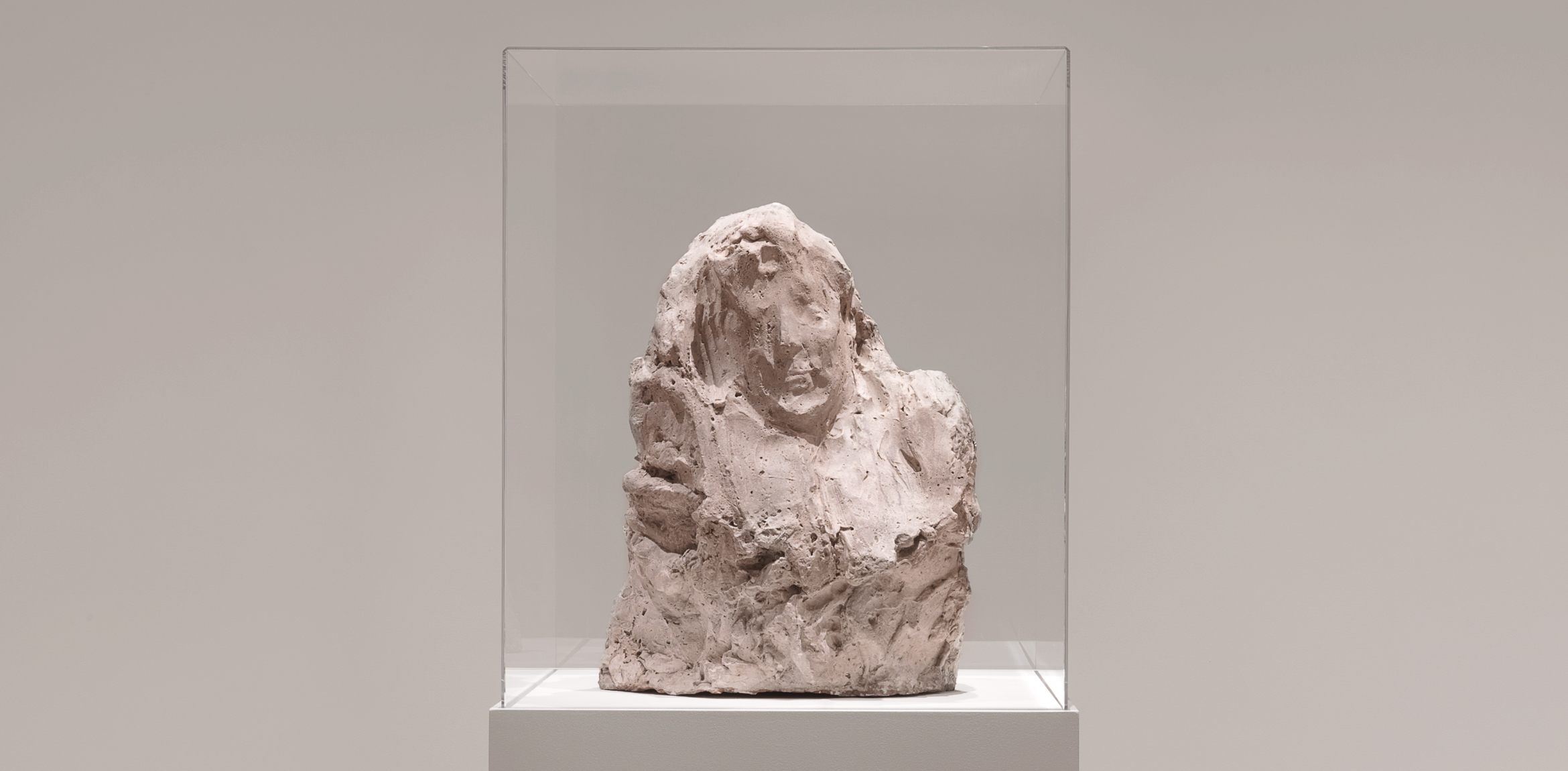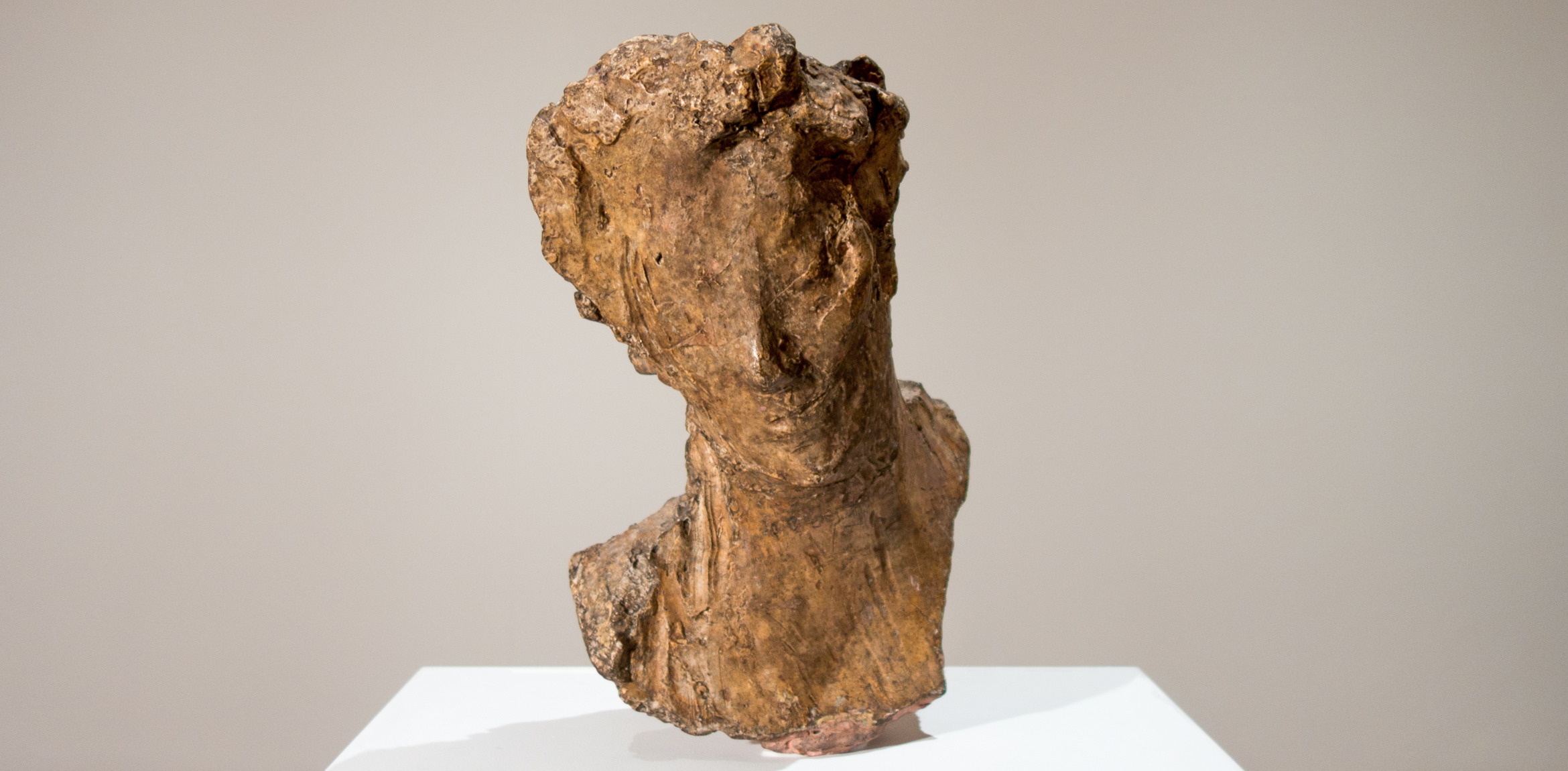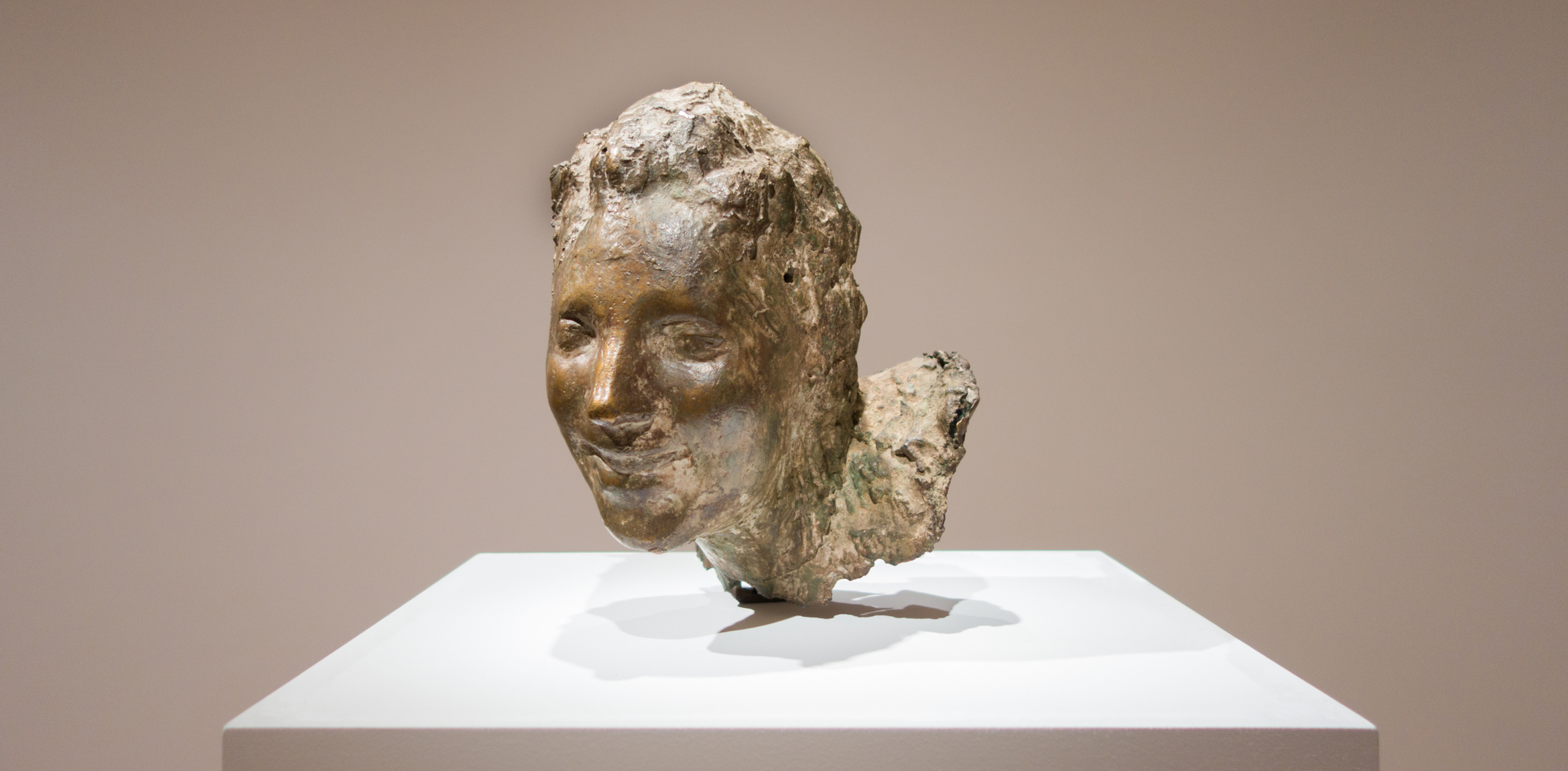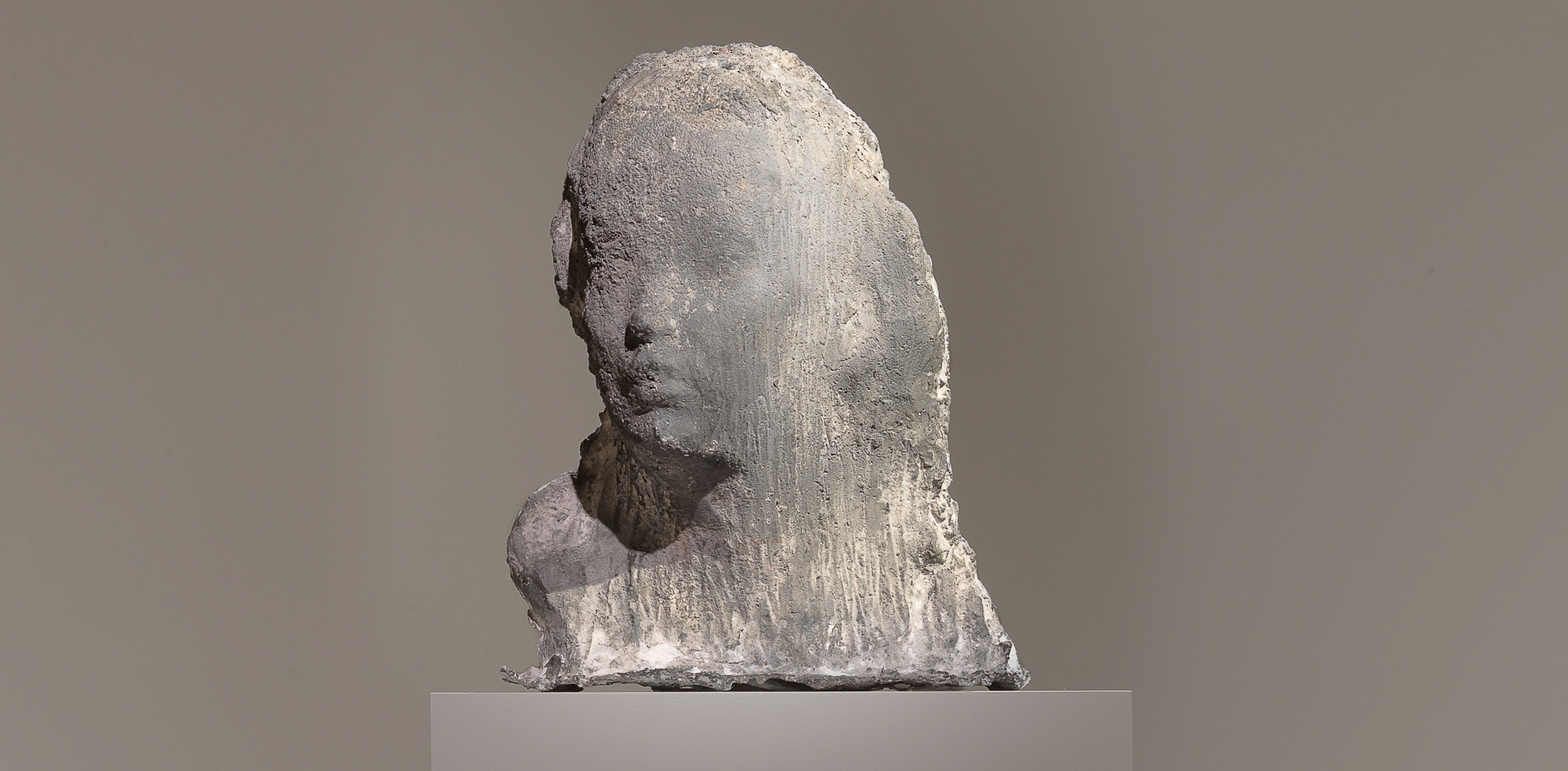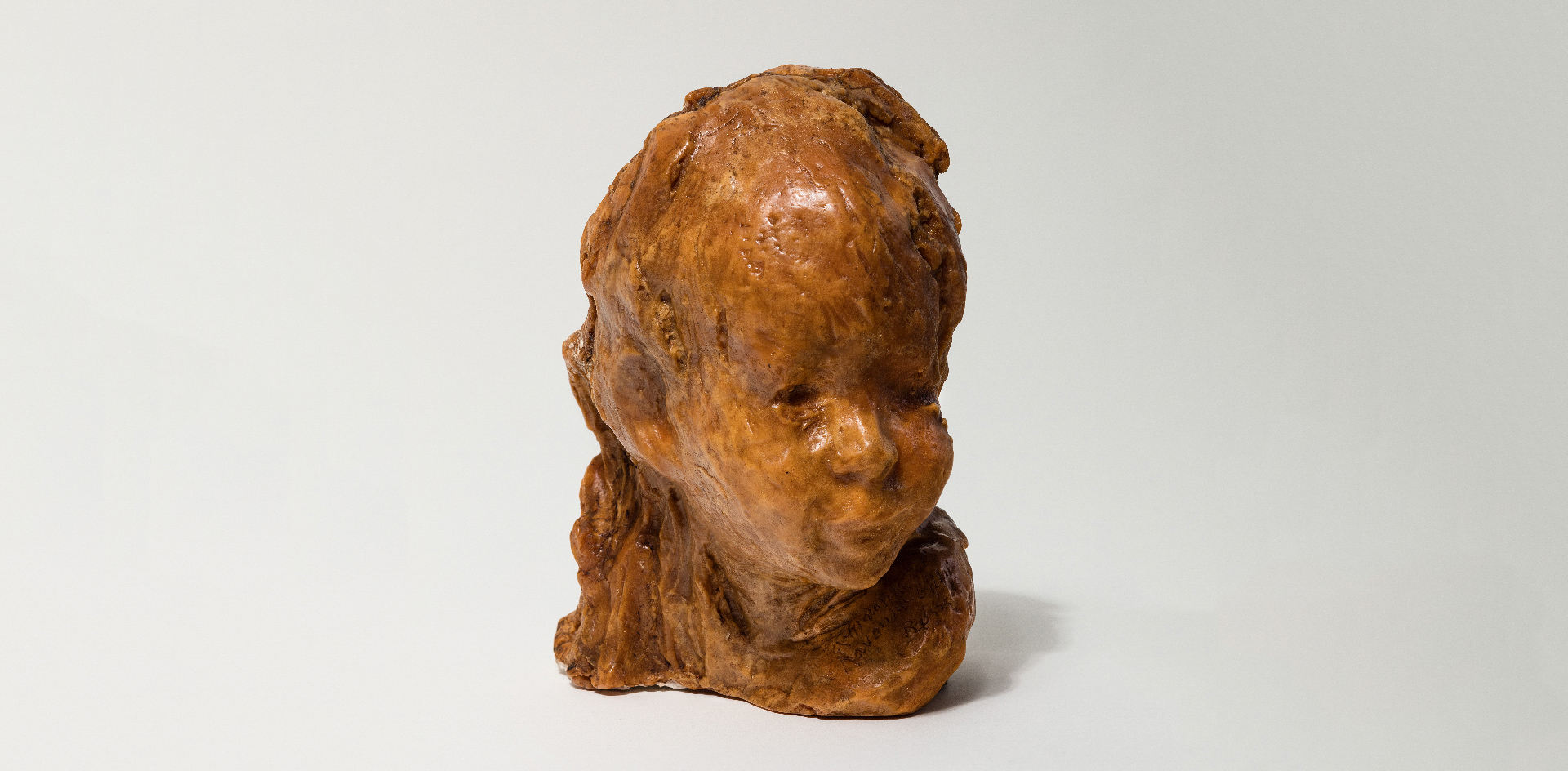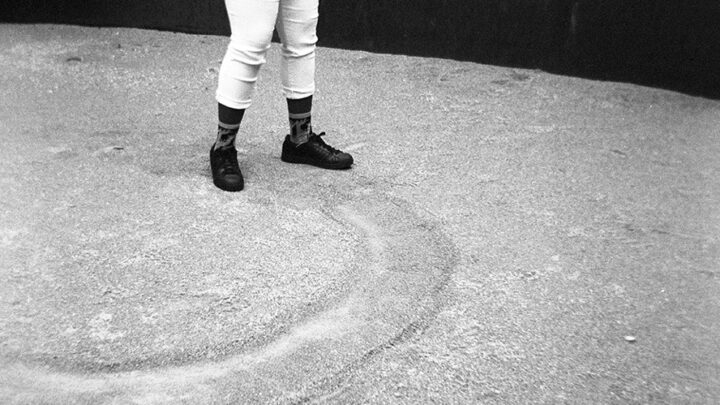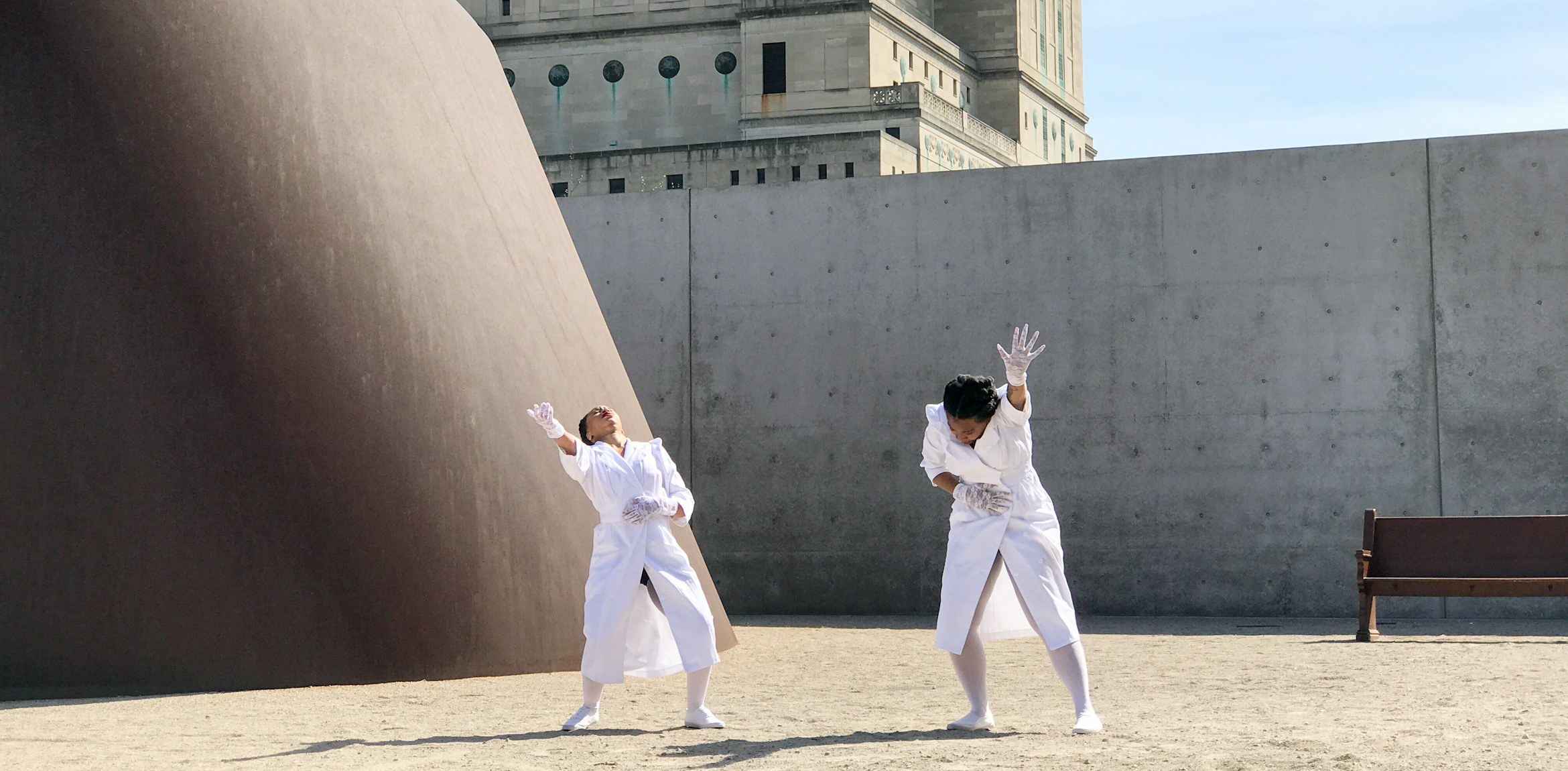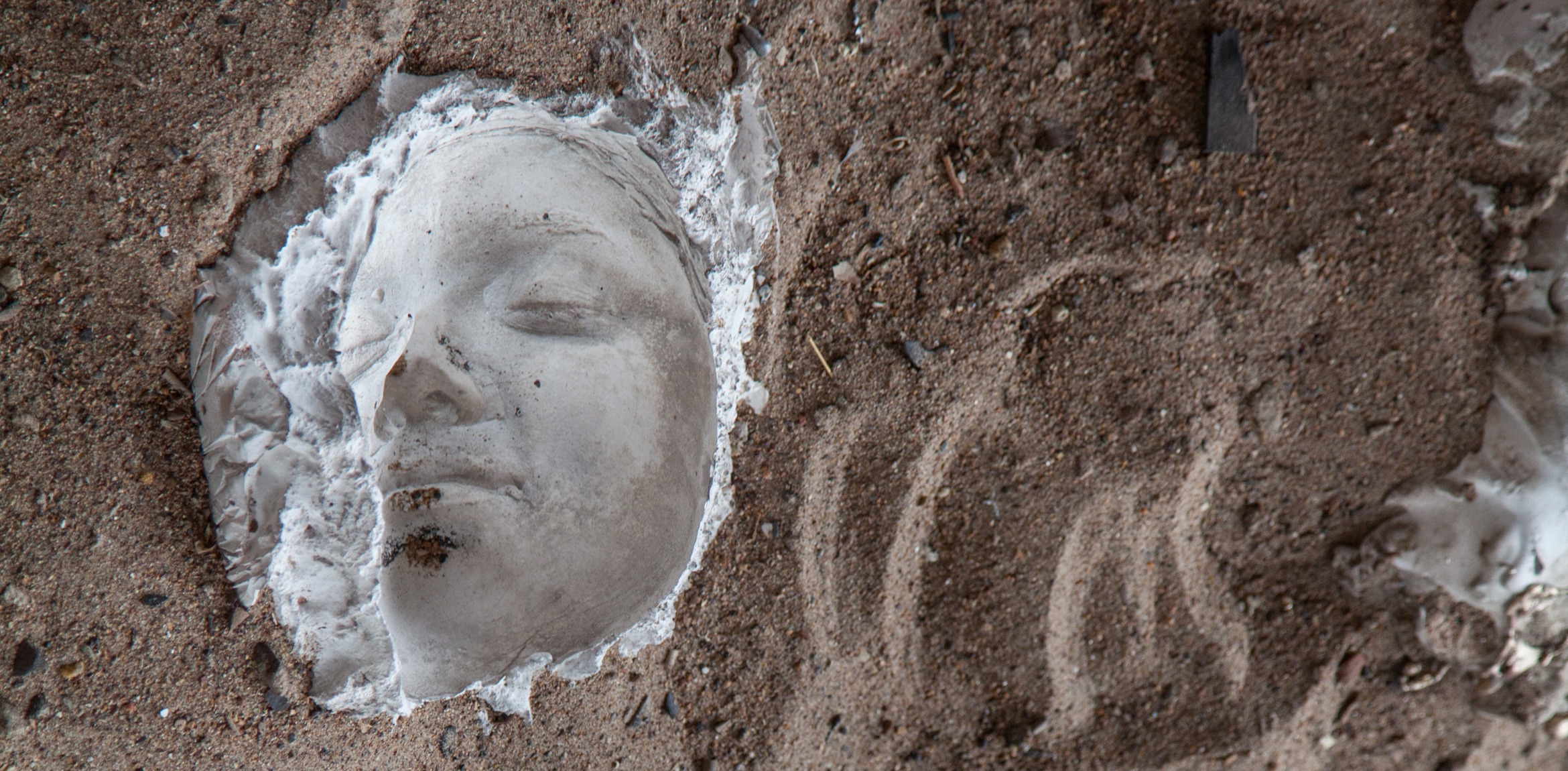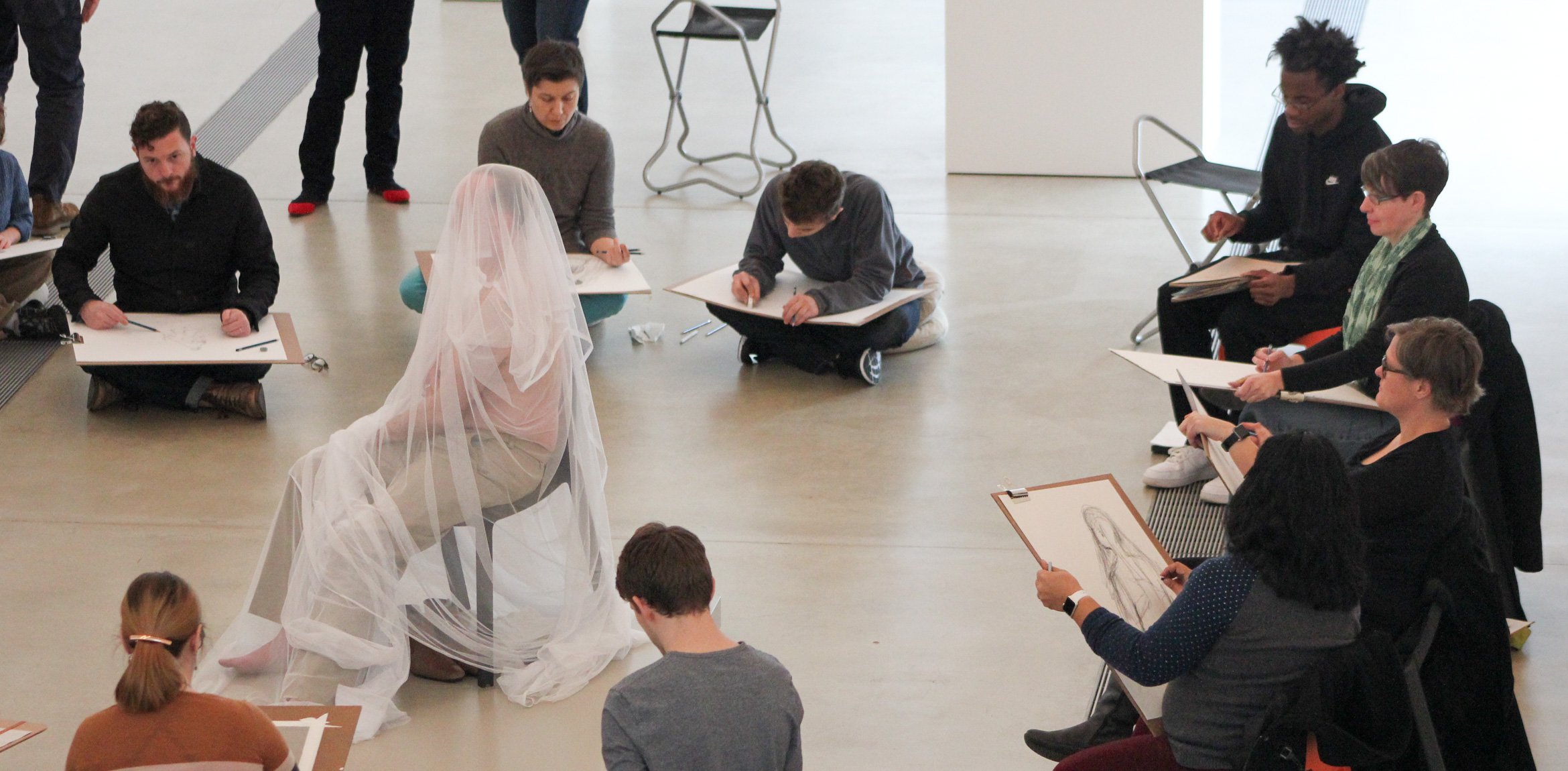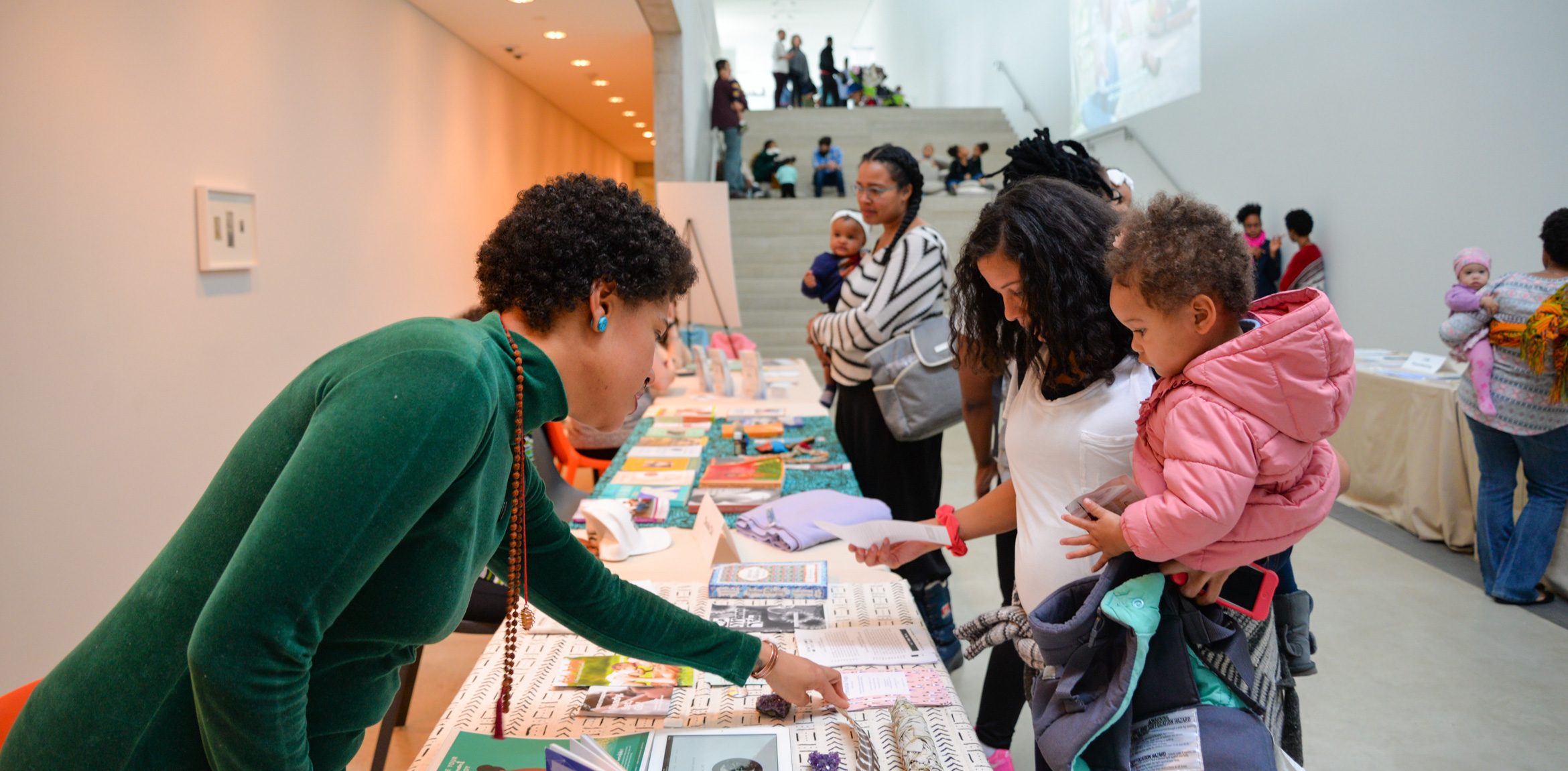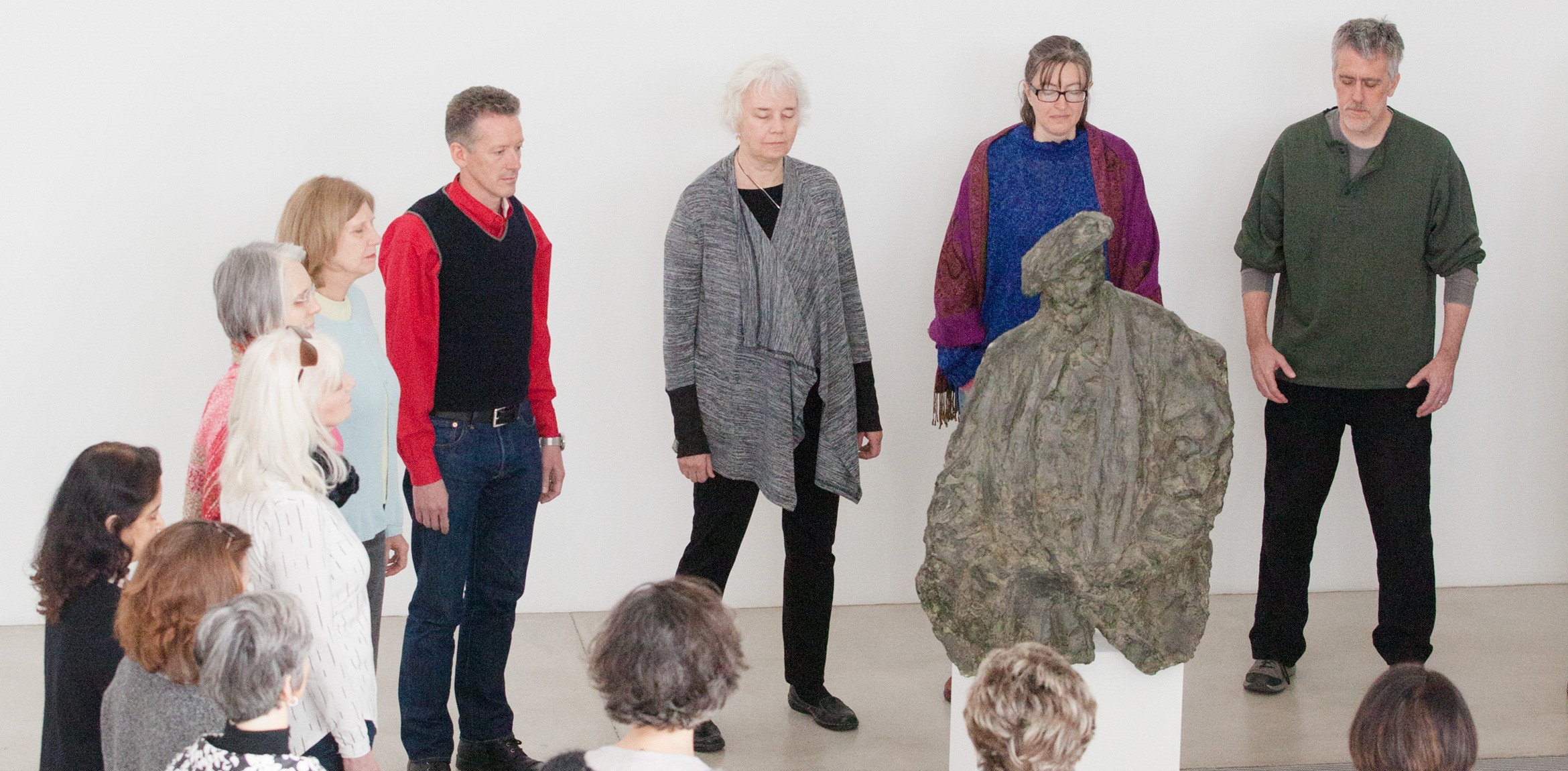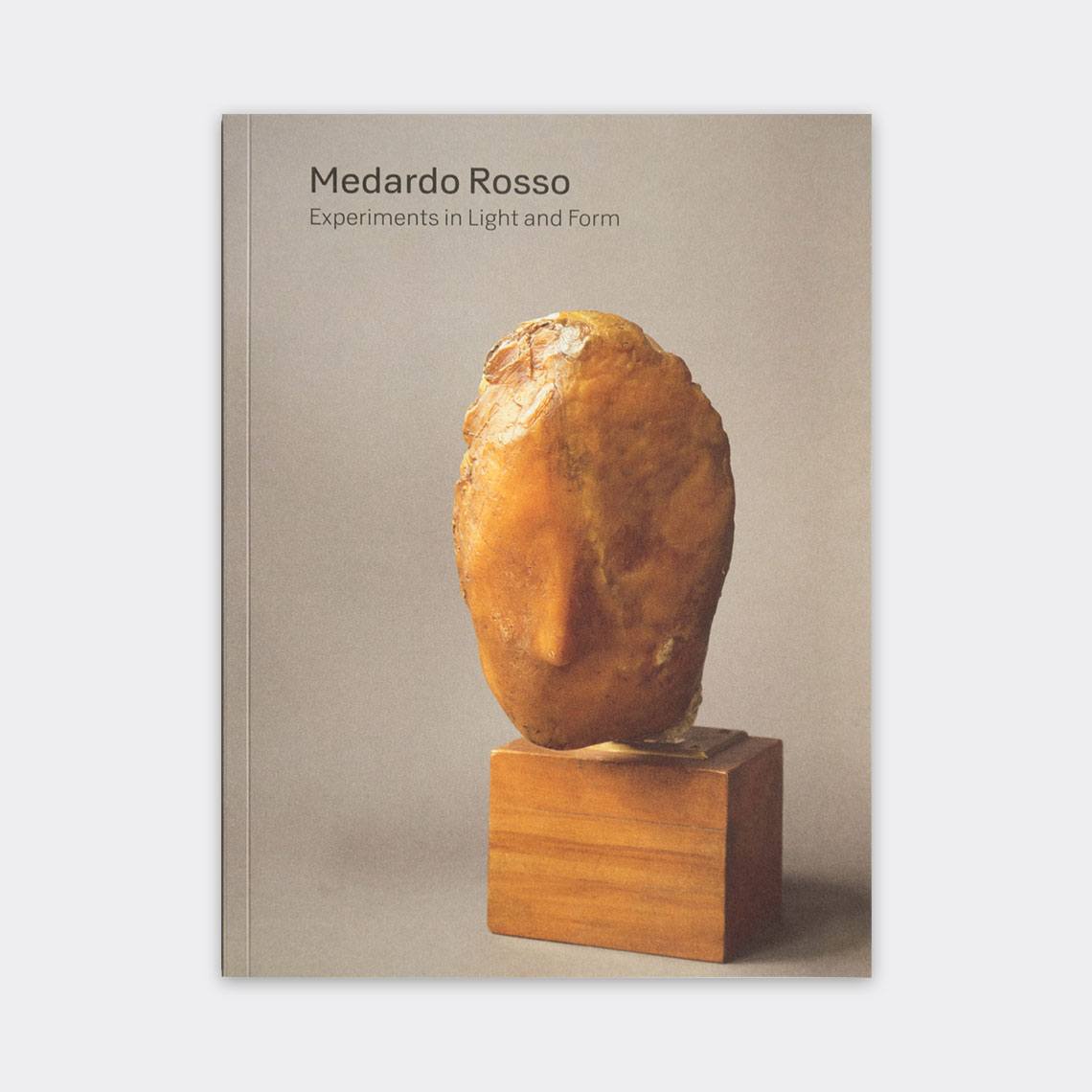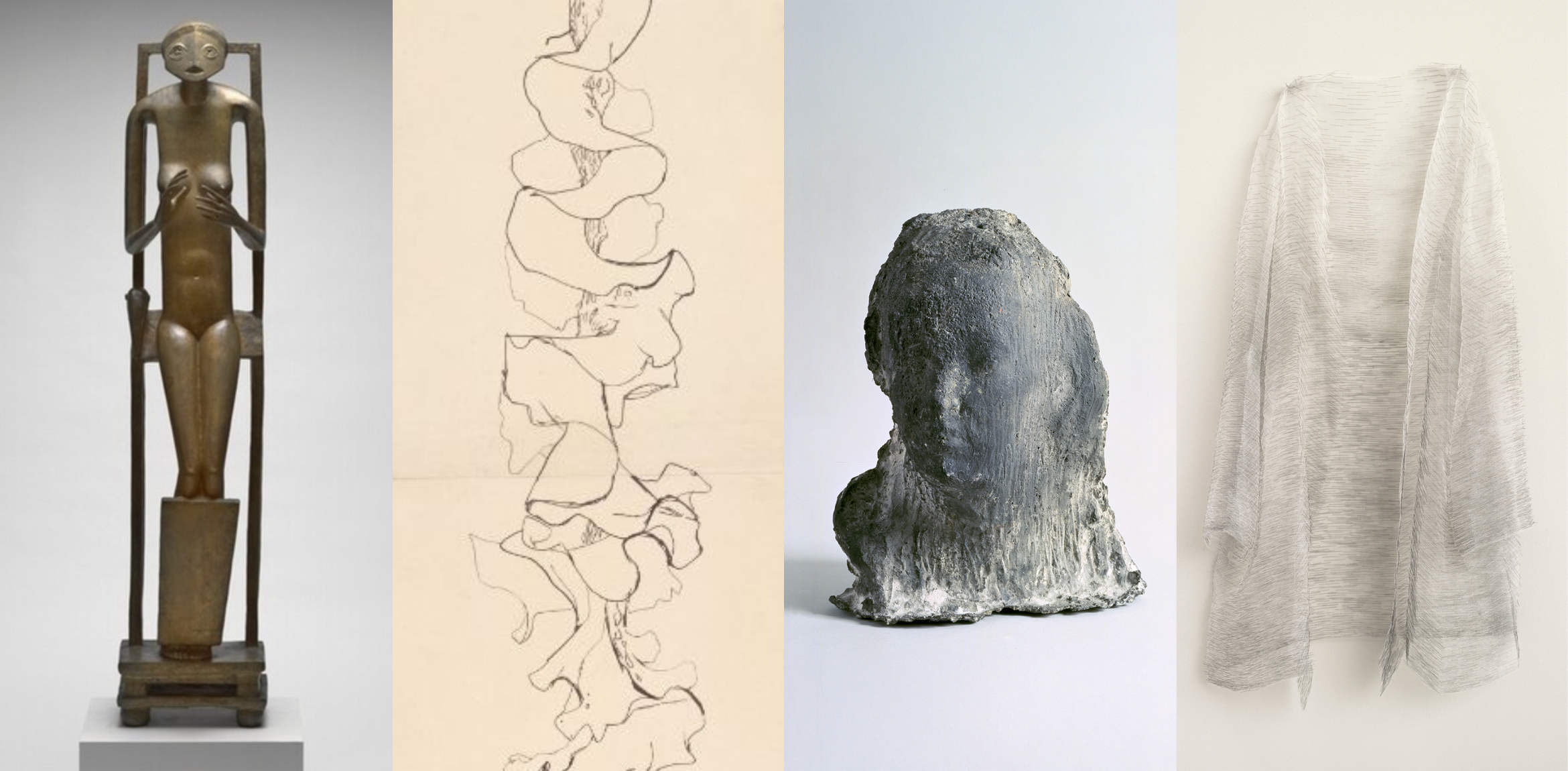The Italian artist Medardo Rosso (1858–1928) was instrumental in expanding the definition of sculpture for the modern era. Not only did he focus on everyday, contemporary subjects, but he also experimented with light in order to render sculpture ephemeral and seemingly insubstantial. His heads and figures—frequently portrayed as tired, meditative, laughing, or melancholy—appear to be caught in fugitive visual, physical, or emotional states. As fleeting “impressions” of modern life, they stand in marked contrast to the monumental, idealized depictions typical of traditional sculpture before and during the nineteenth and early twentieth centuries. Medardo Rosso: Experiments in Light and Form is the first comprehensive US museum exhibition of the artist’s work in over fifty years, featuring nearly 100 works that include sculptures, drawings, and photographs.
A critically important if relatively underrepresented figure in the history of art, Rosso employed innovative methods of modeling in order to animate the surfaces of his works, in ways perhaps even more radical than his contemporary—and admirer—Auguste Rodin. Adopting unorthodox foundry techniques, he frequently returned to the same subjects in his work, casting them in plaster, bronze, and especially in wax, and sometimes leaving behind evidence of the casting process that is traditionally removed. Through these various interventions, he created sculptures that were sensitive to the effects of subtle illumination—a quality that will be given new meaning by the mutable natural light in the Pulitzer’s galleries.
Medardo Rosso: Experiments in Light and Form also highlights Rosso’s lesser-known experiments in other mediums. For example, he used photography to elicit a sense of transience, manipulating artificial illumination in the studio and experimenting with darkroom processes to capture his sculptures under various lighting conditions. The photographs in the exhibition, which include images that have been collaged, painted on, or cropped, and some photographs of photographs, demonstrate the continuous experimentation that he also applied to his sculpture.
Rosso’s drawings include intimate glimpses of figures engaged in everyday activities or in public urban settings, as well as views of rooftops, city squares, and abstracted landscapes. Taken together, these works on paper and photographs further illuminate the artist’s efforts to understand, engineer, and employ light throughout his career.
